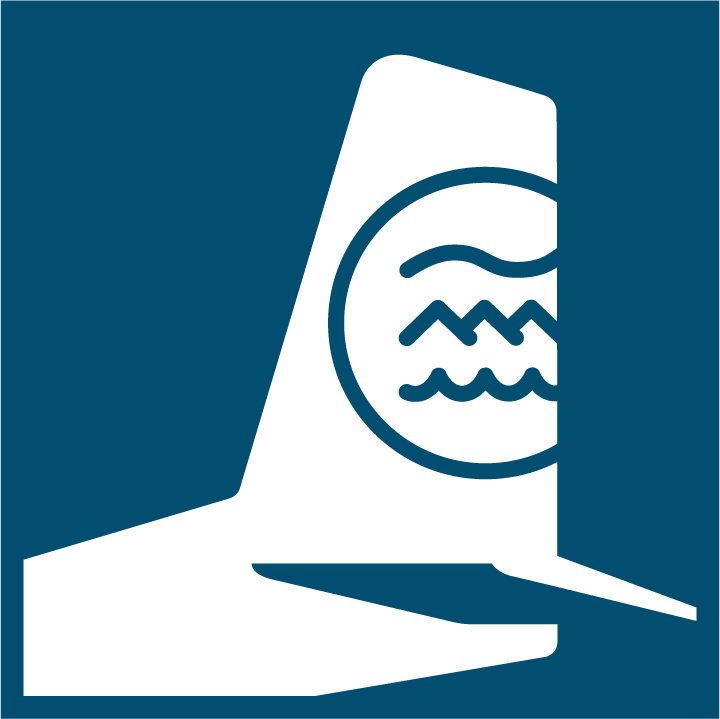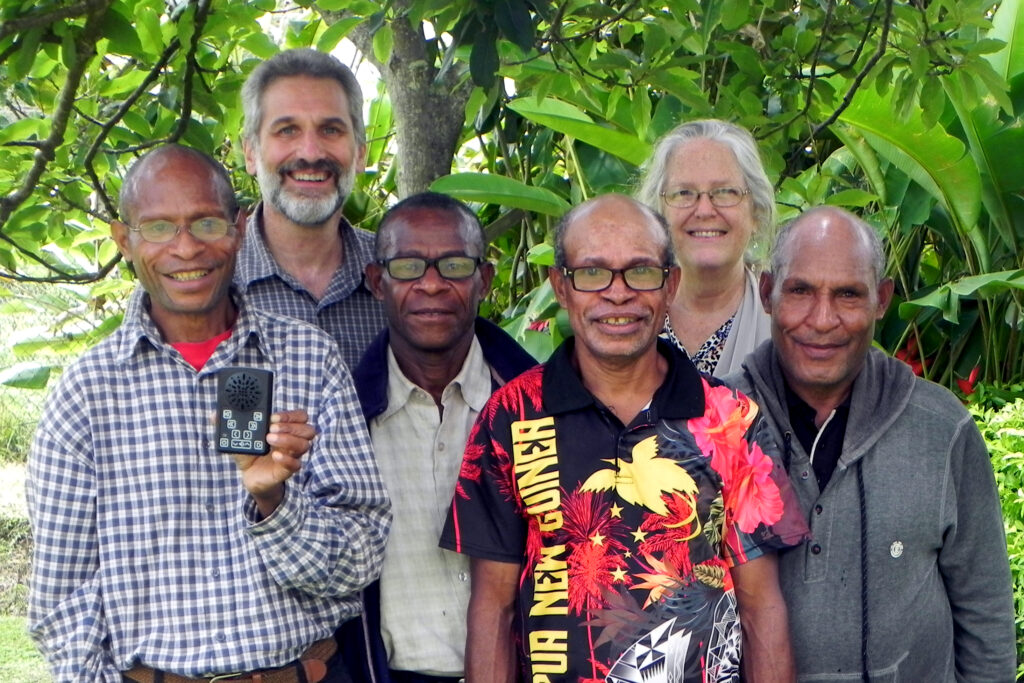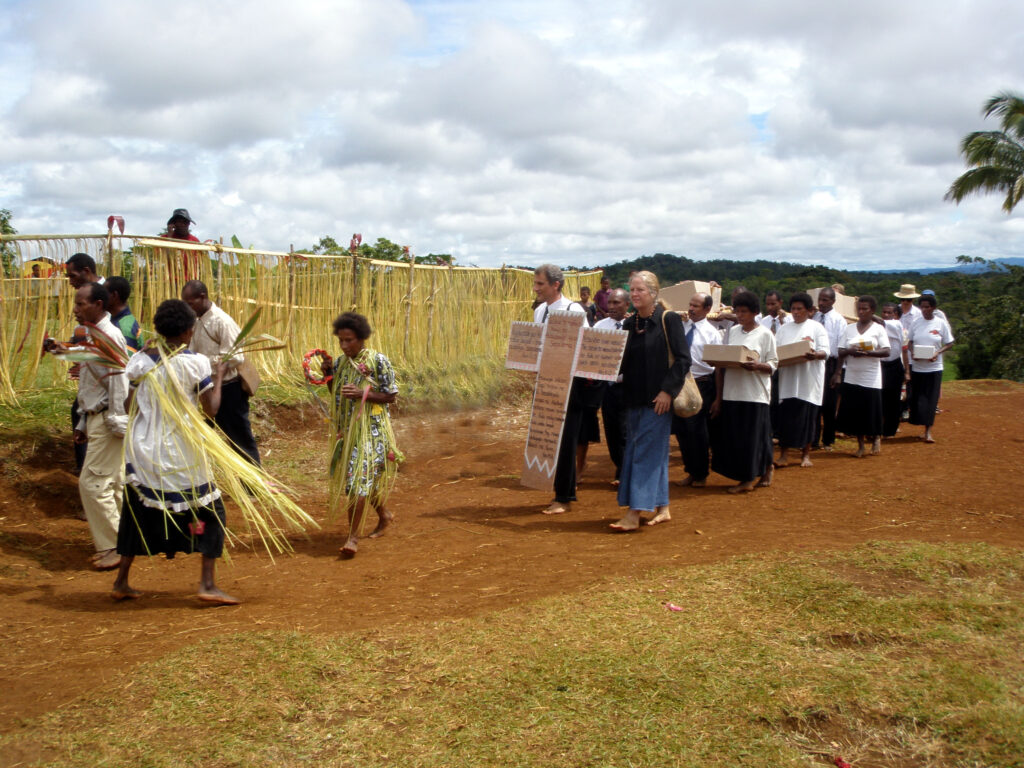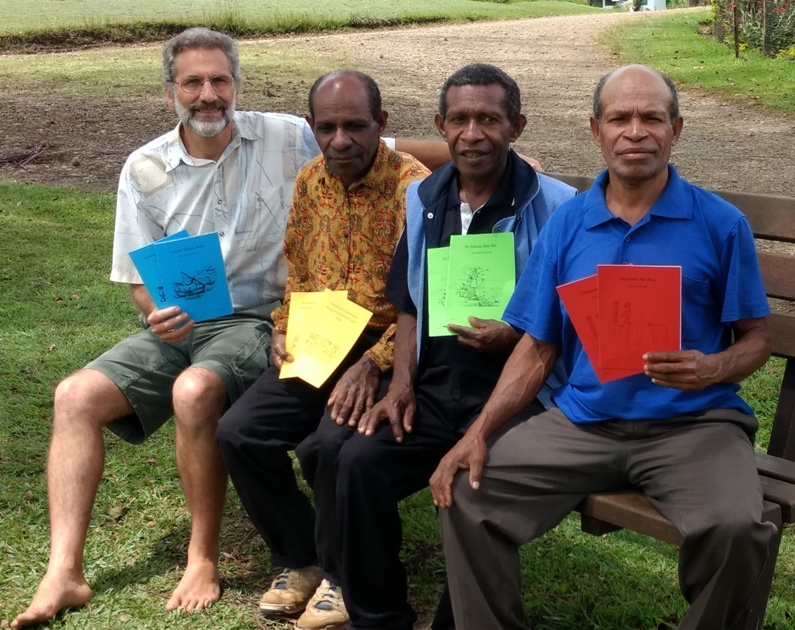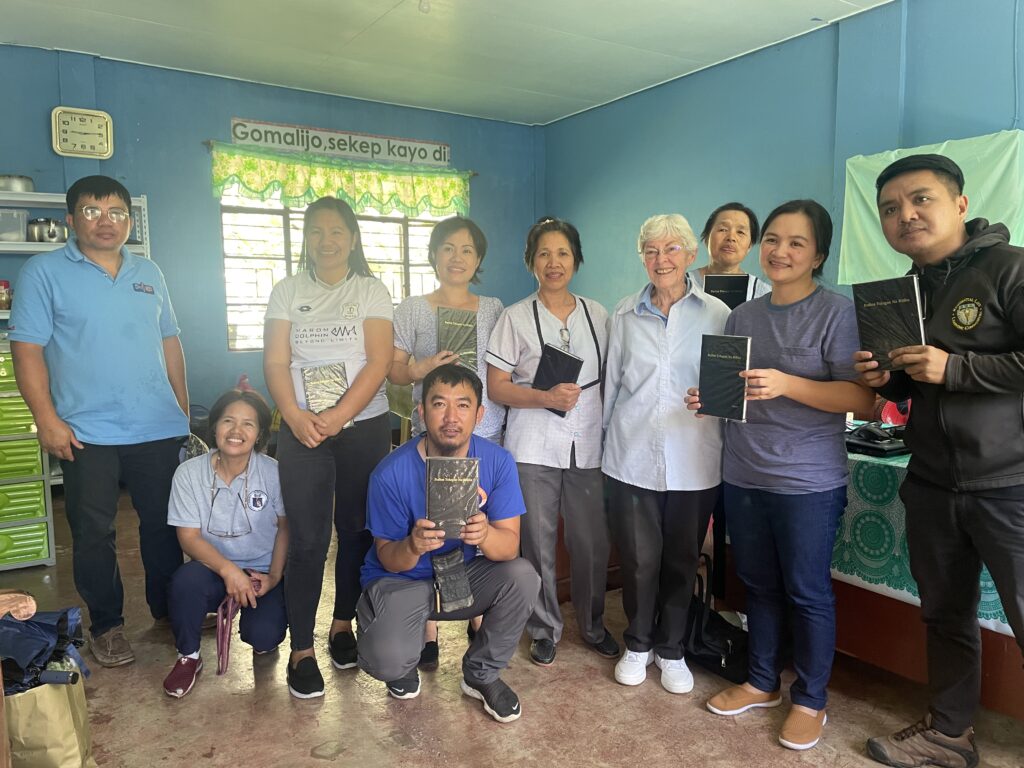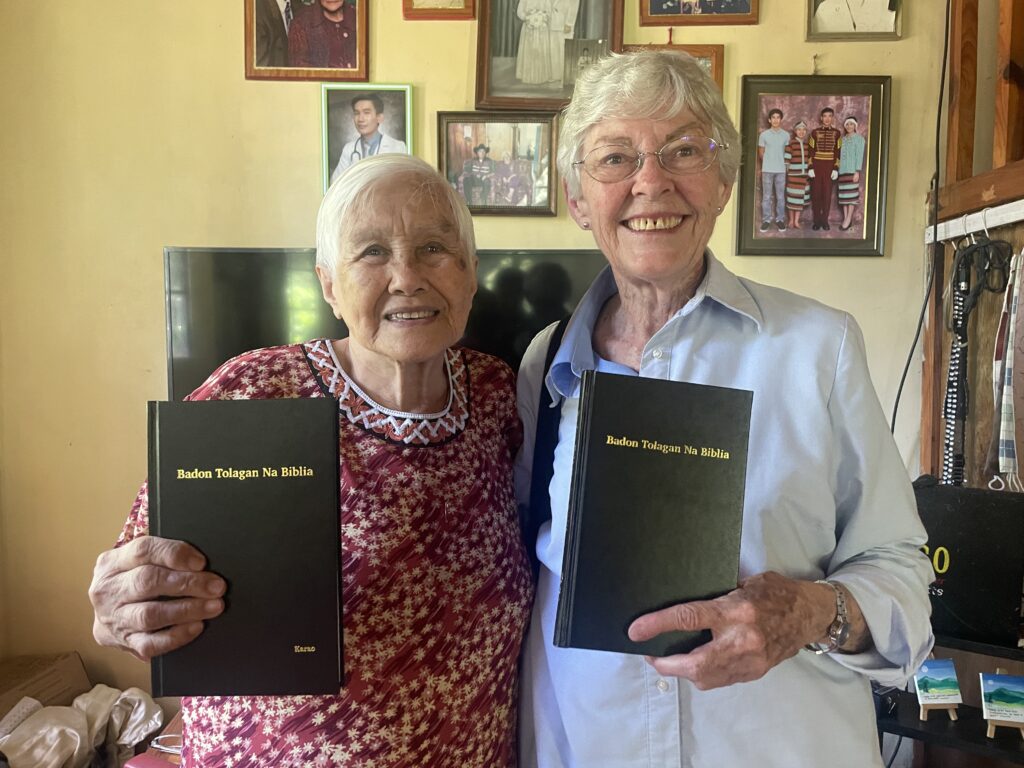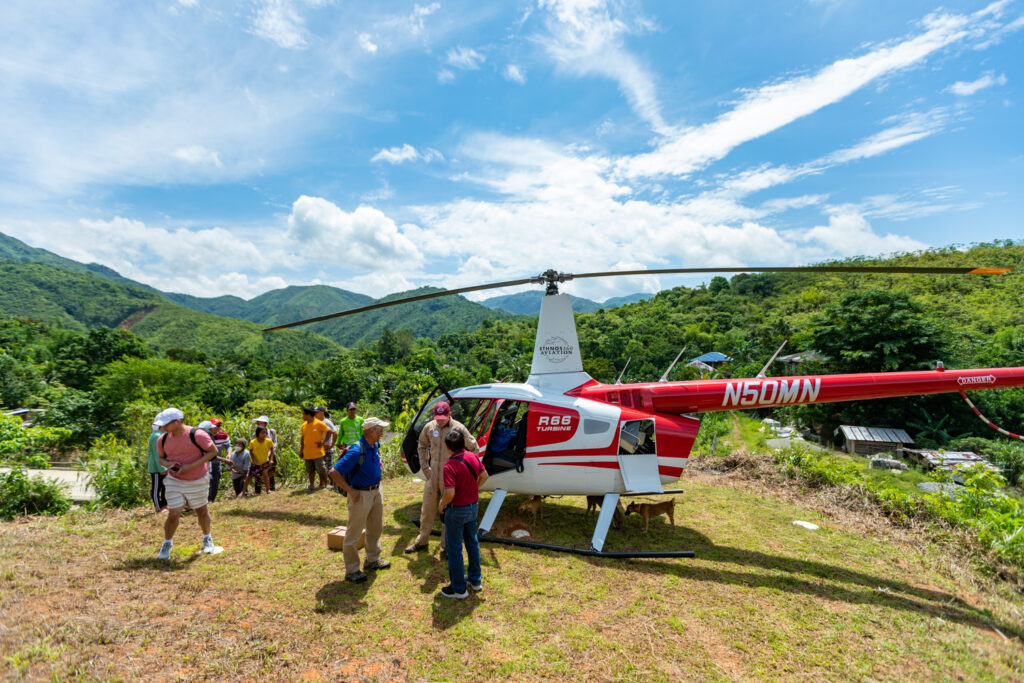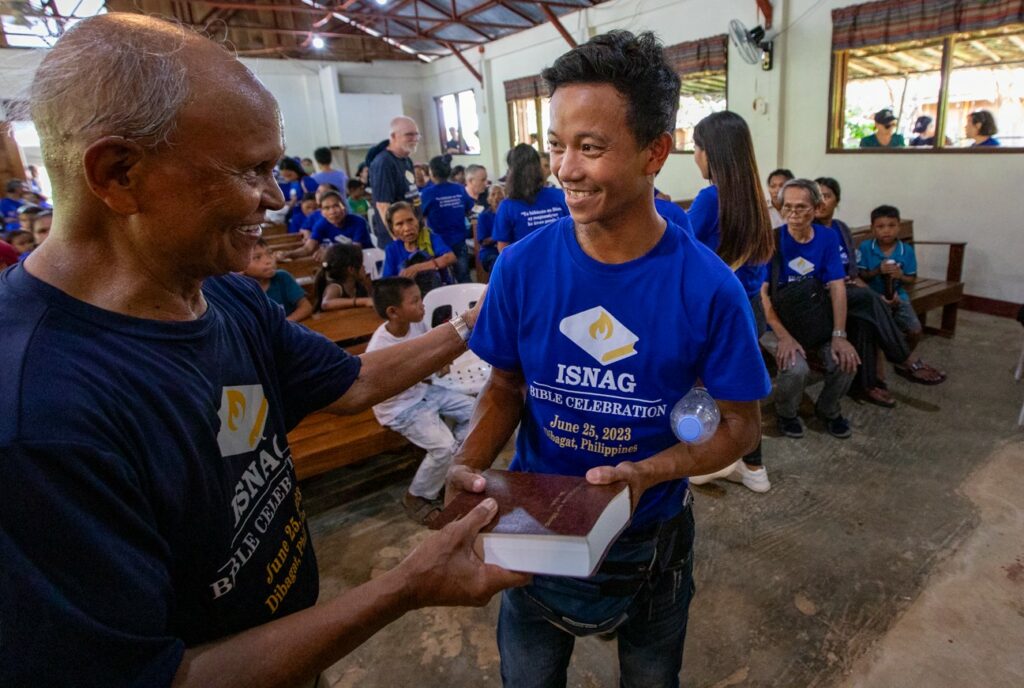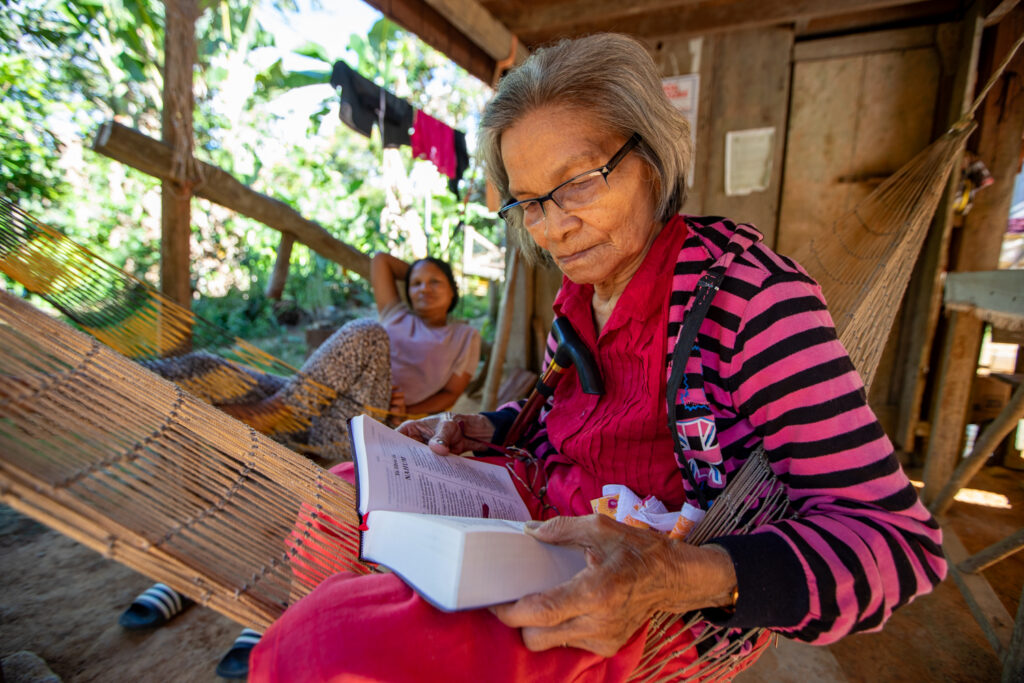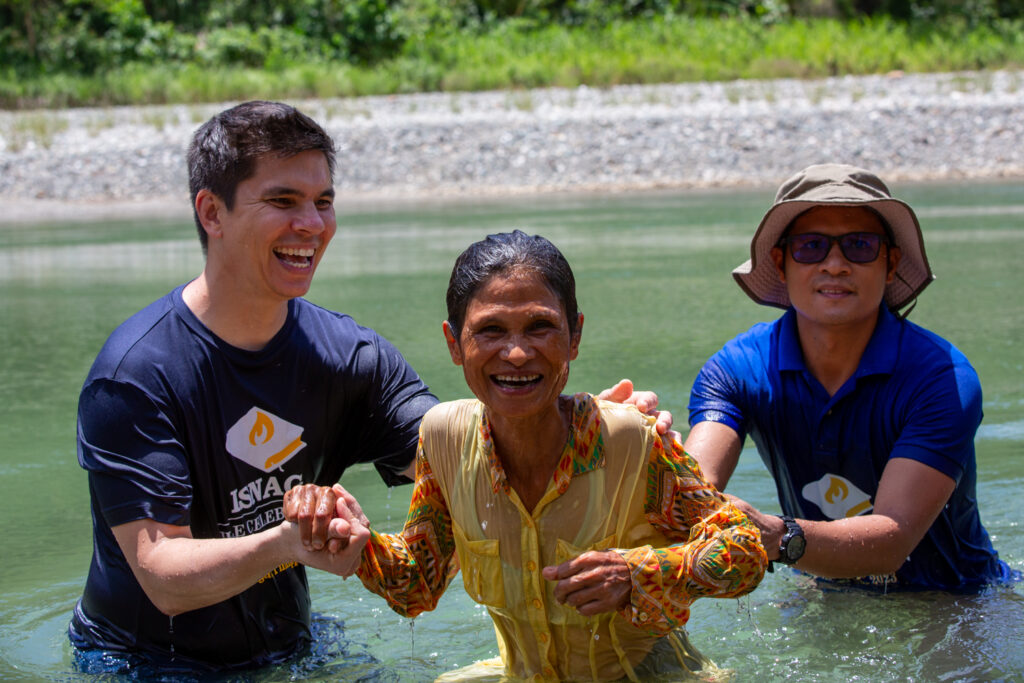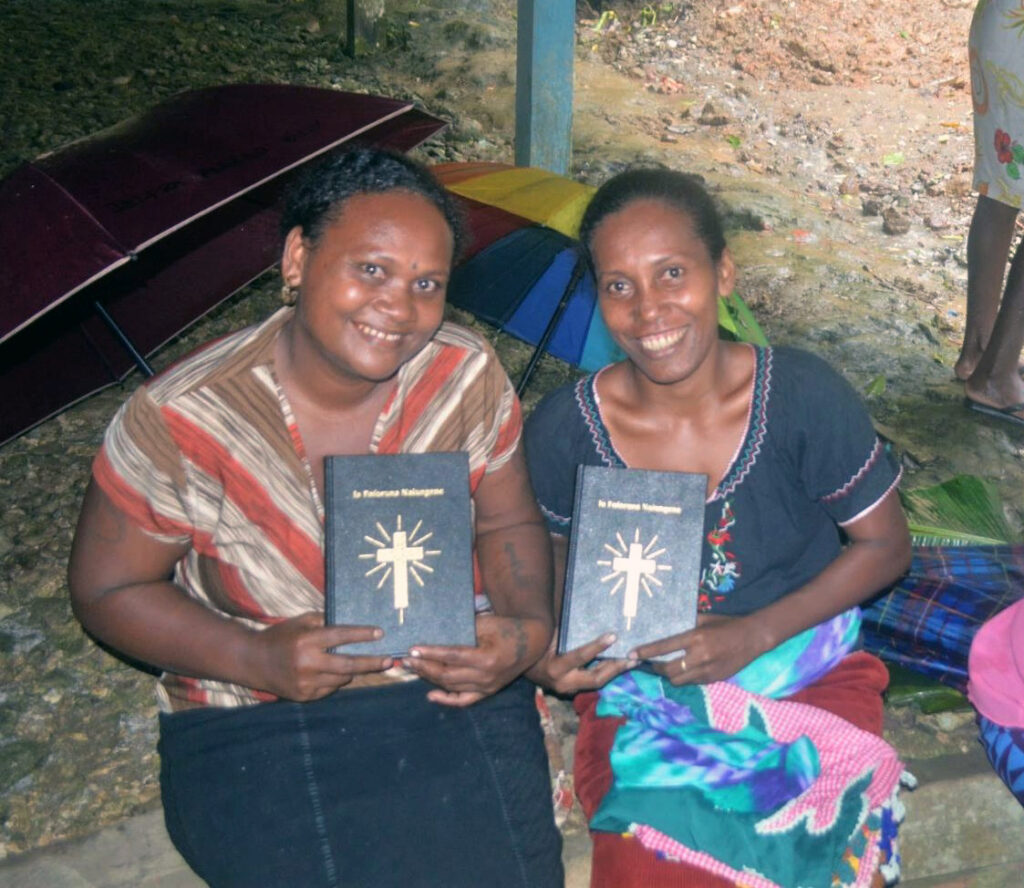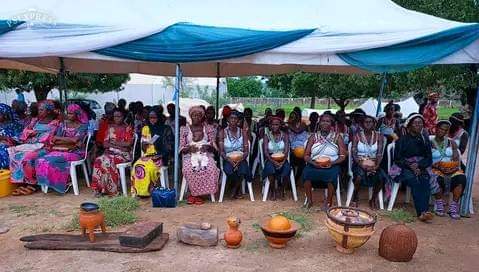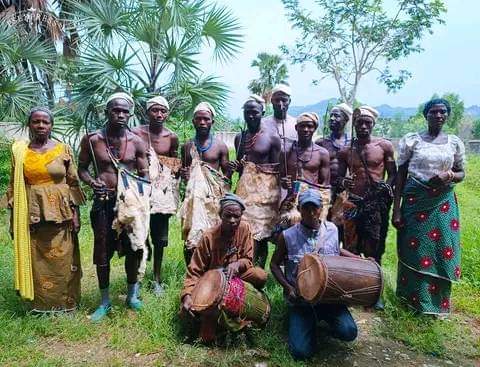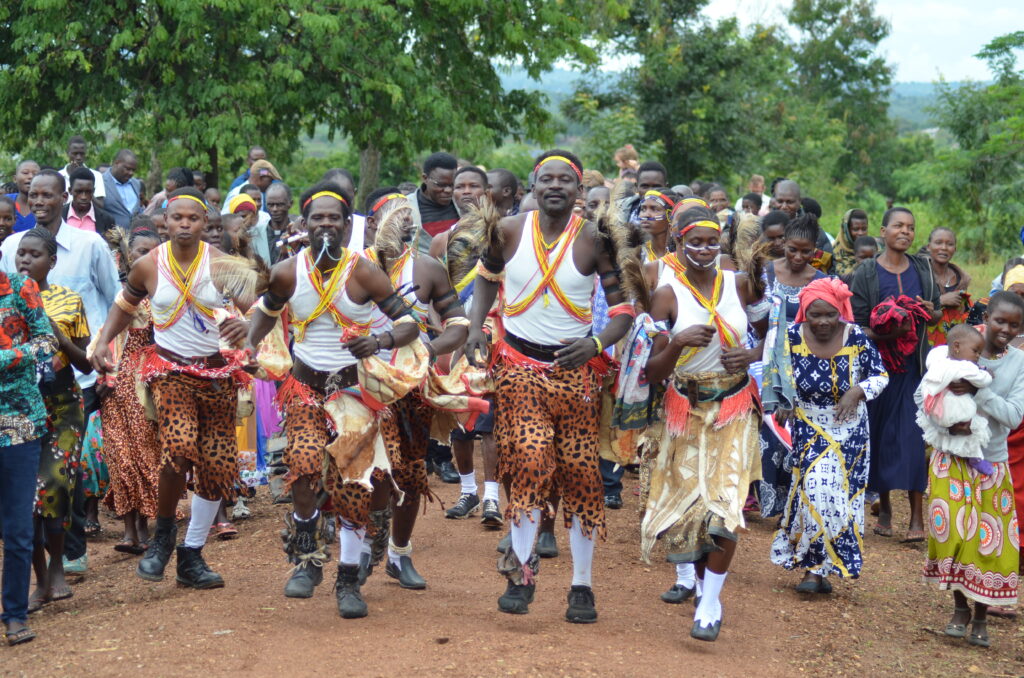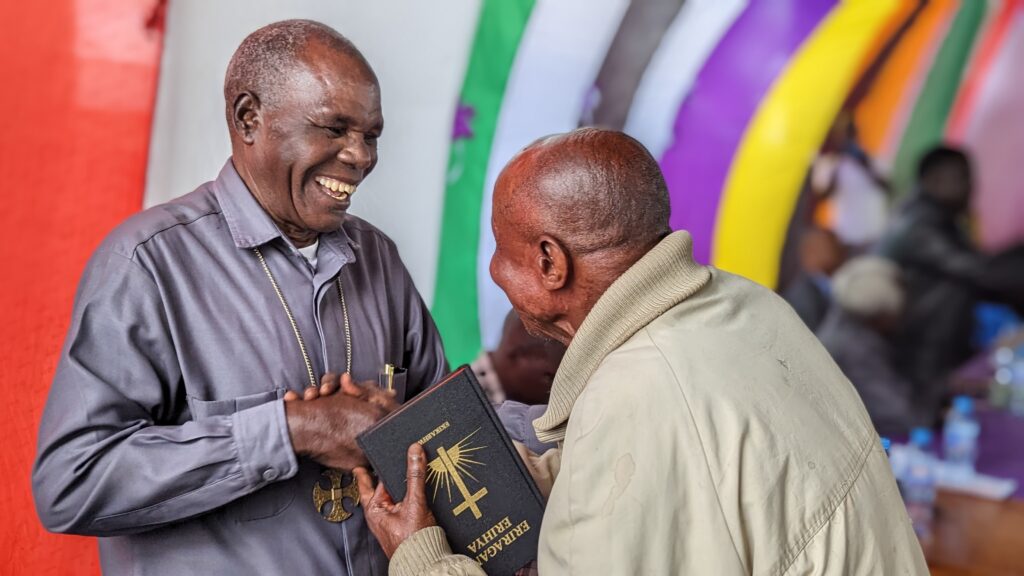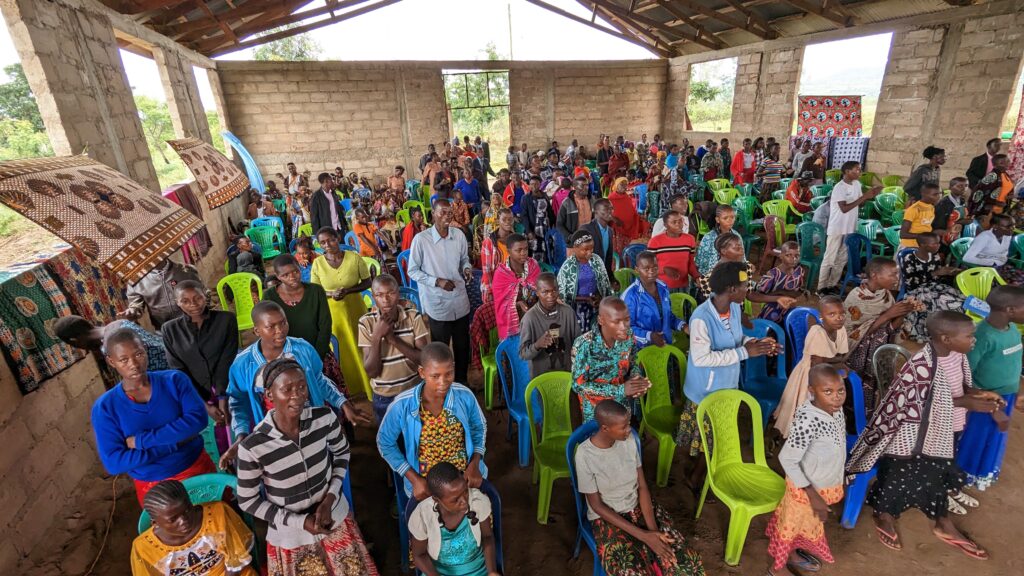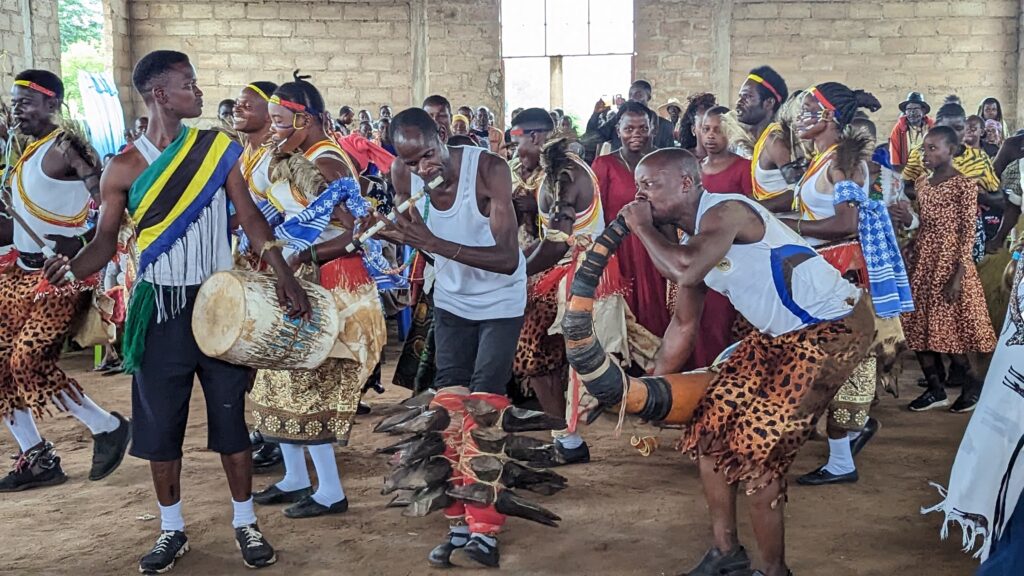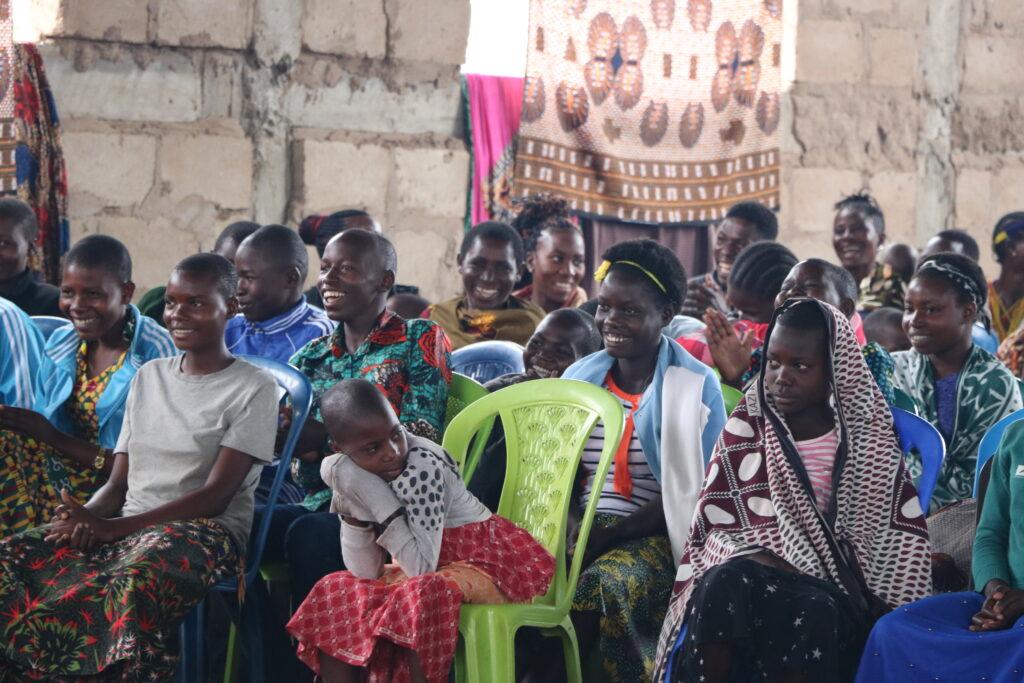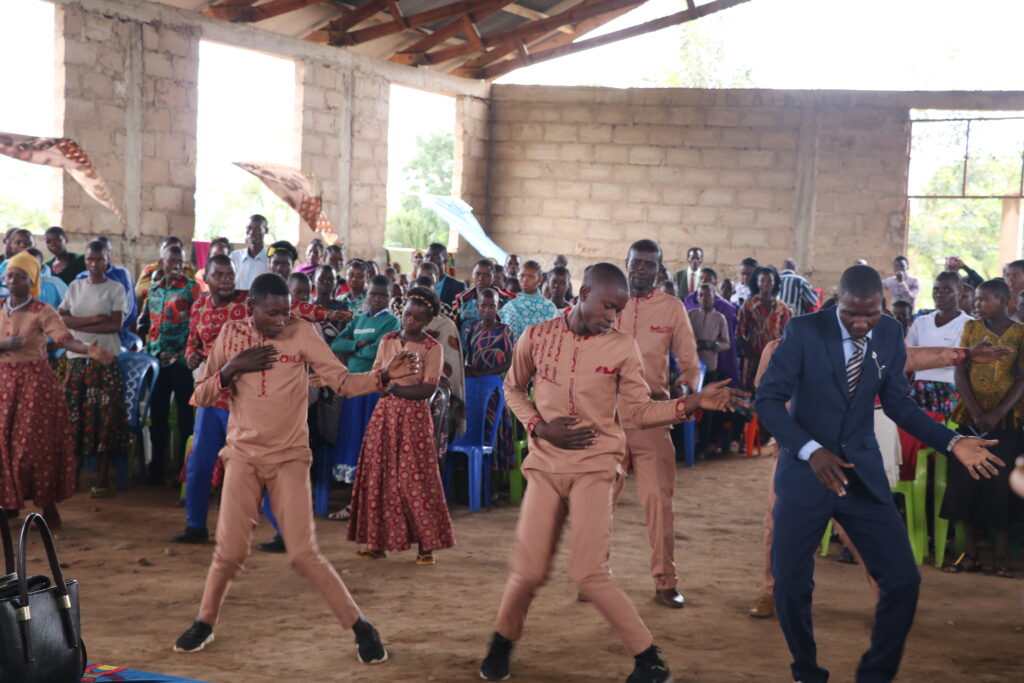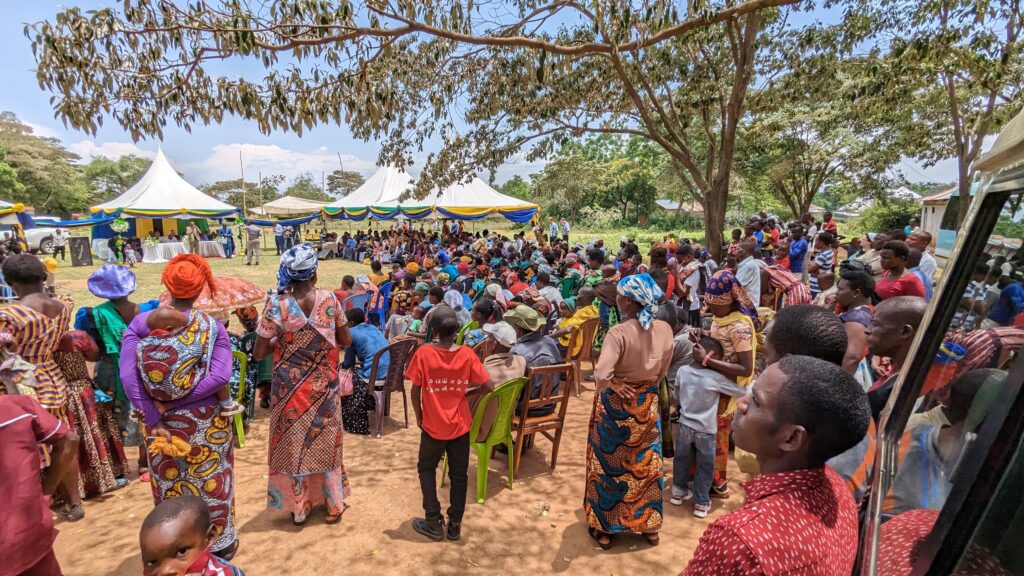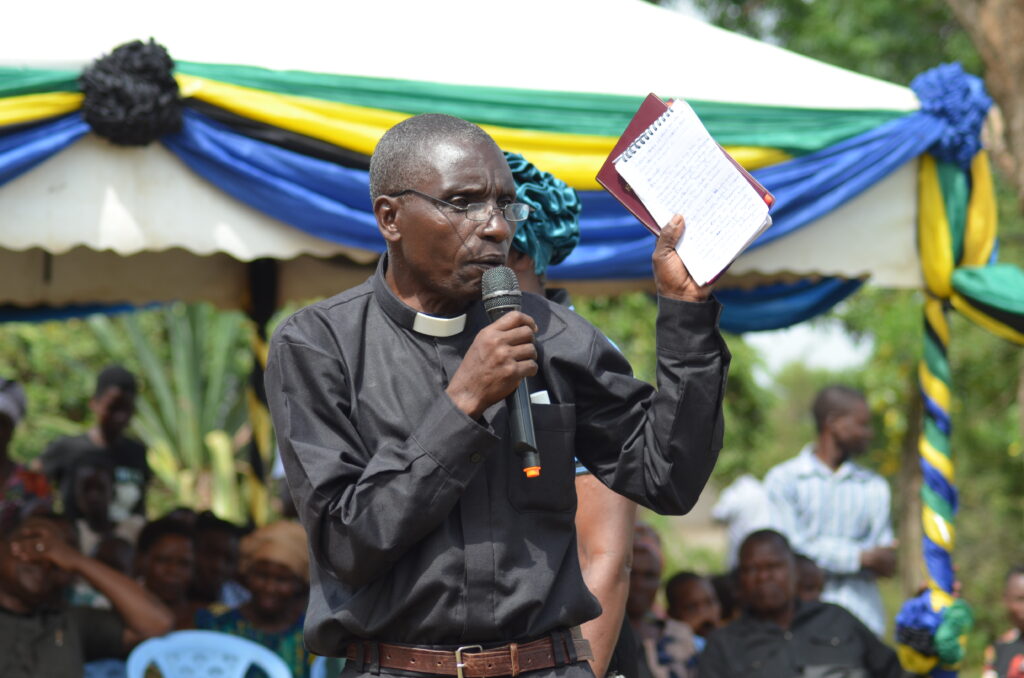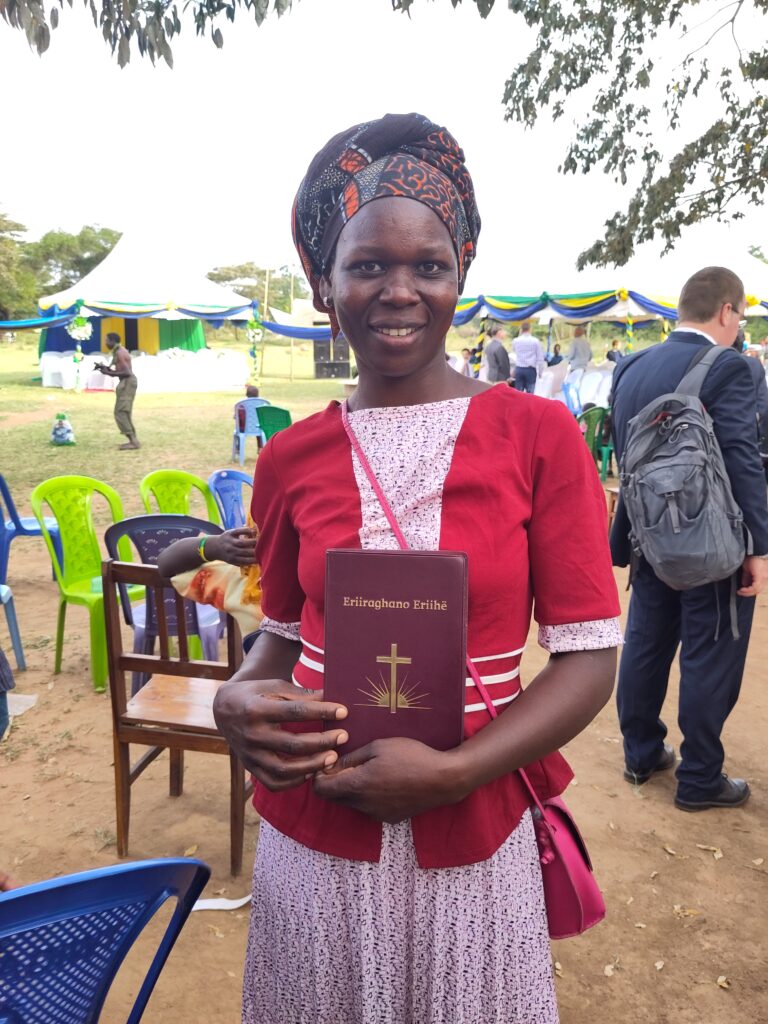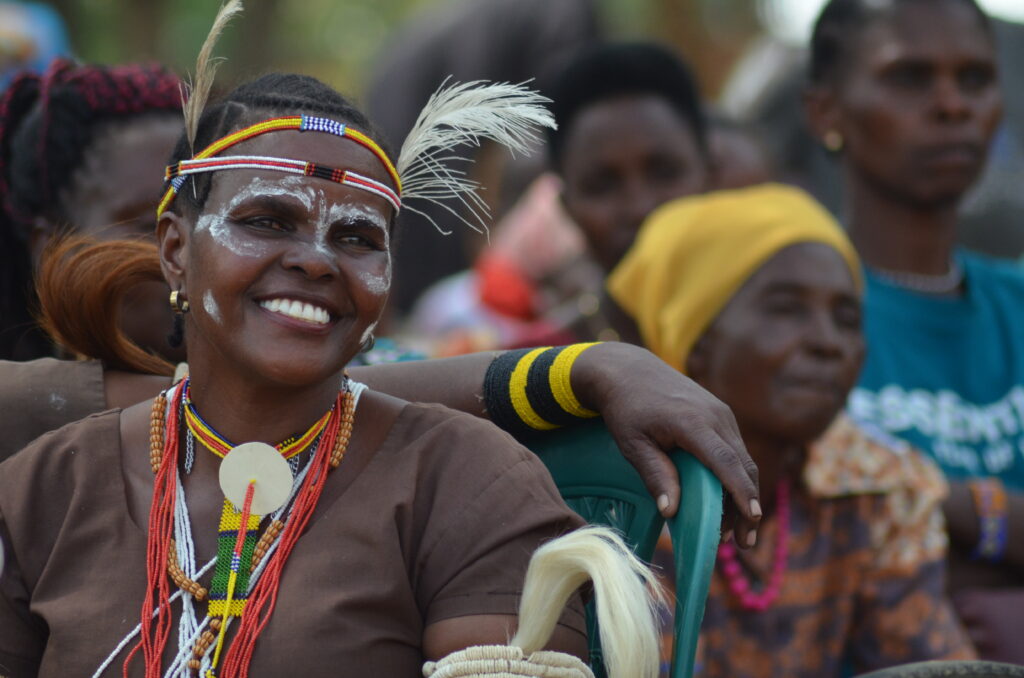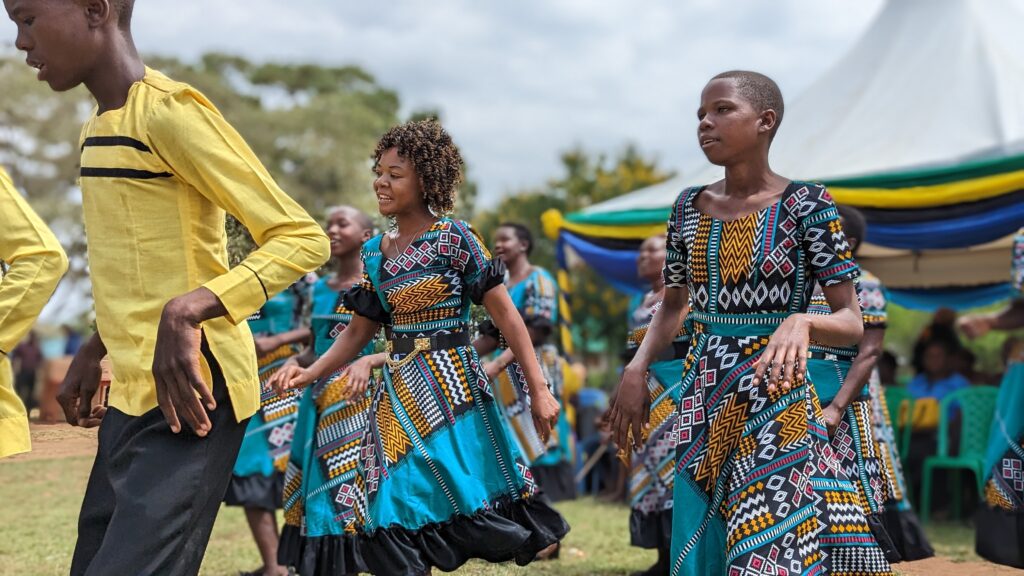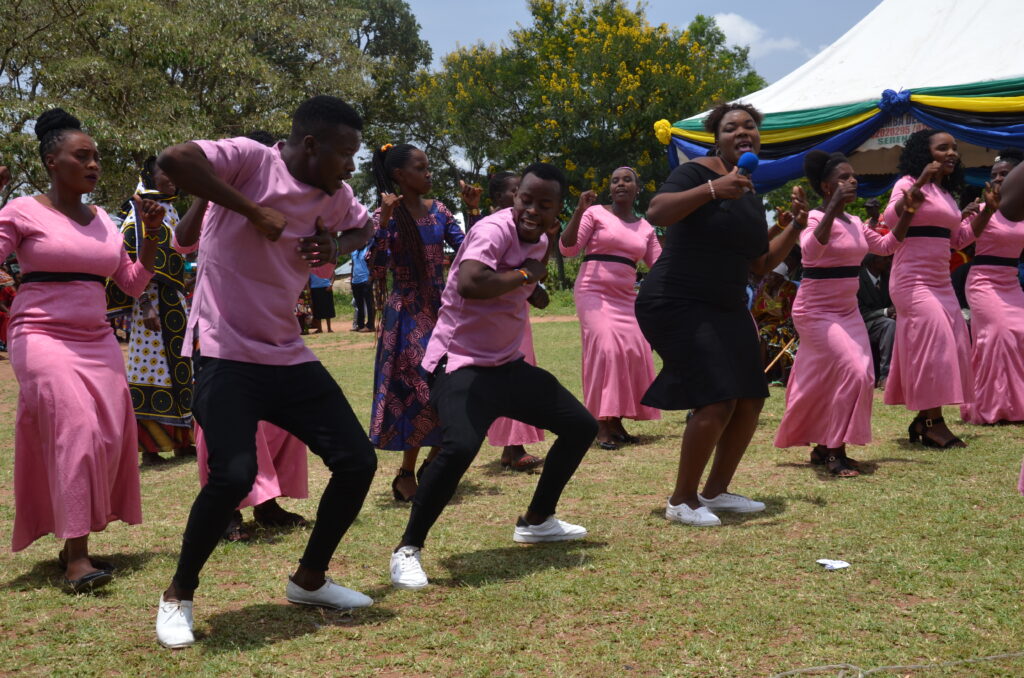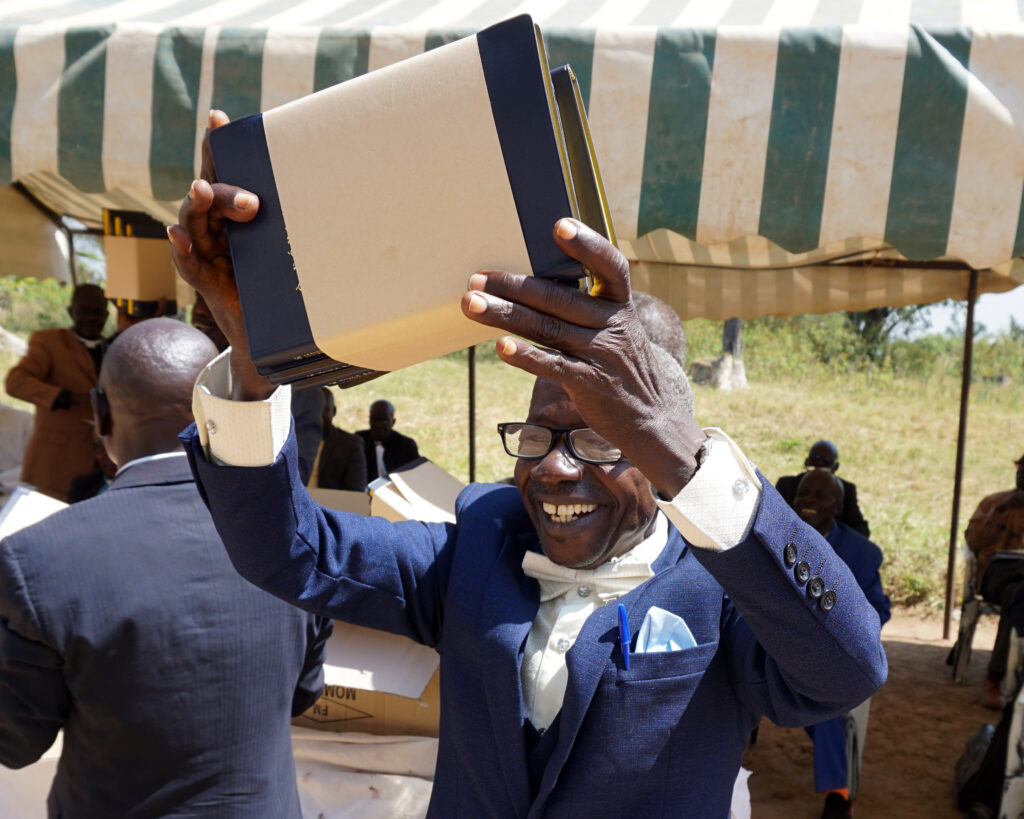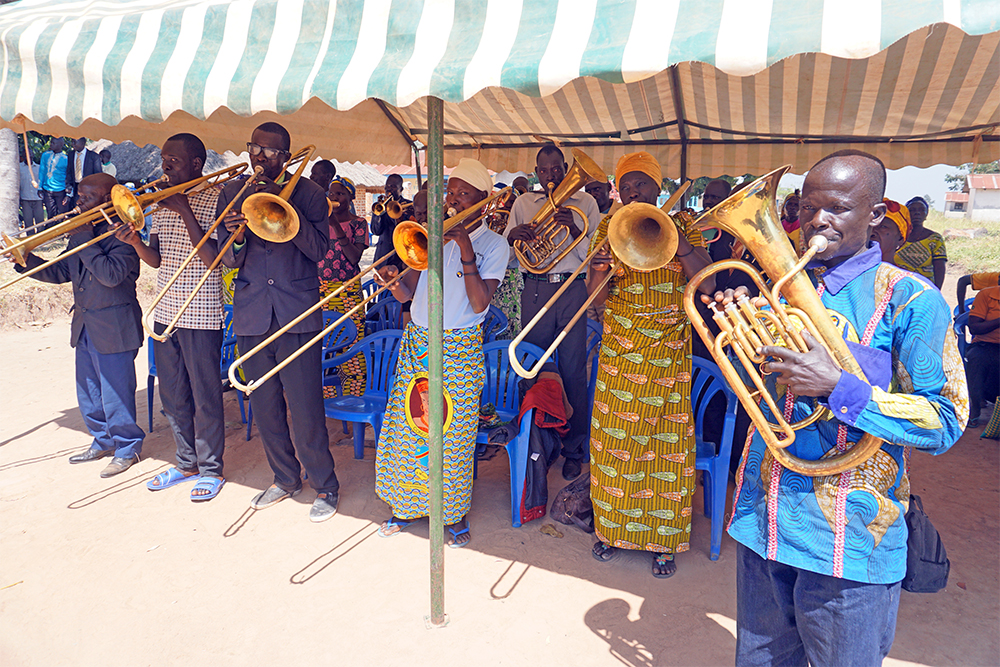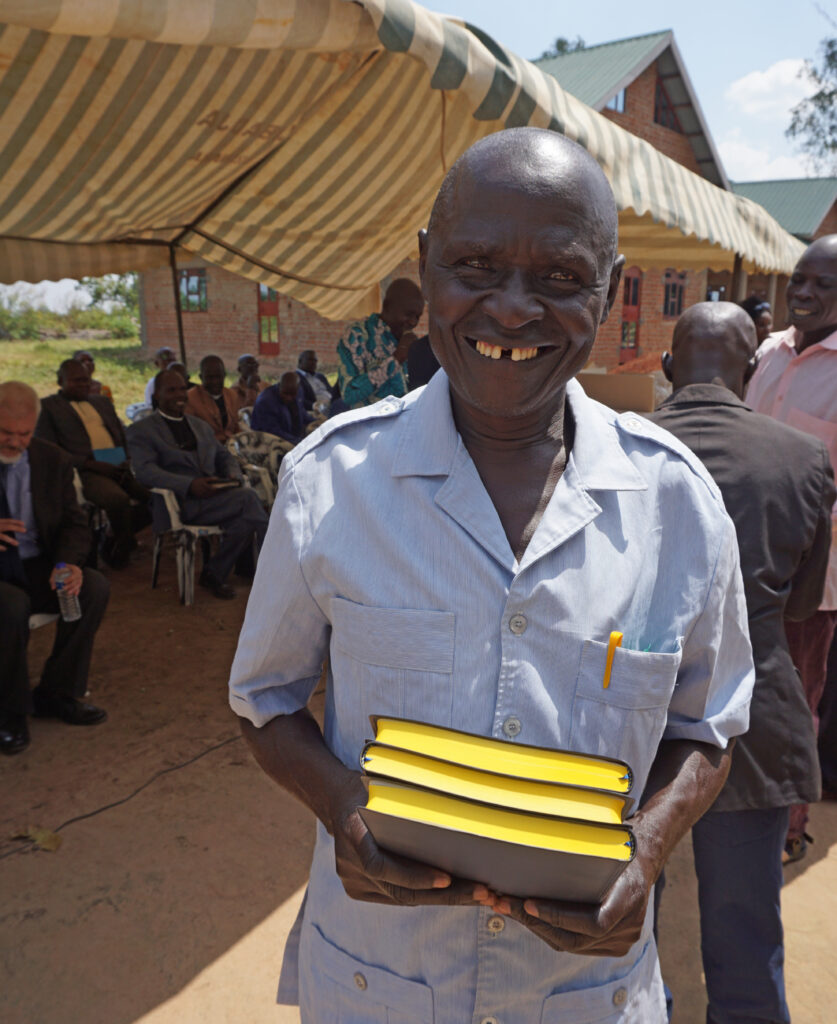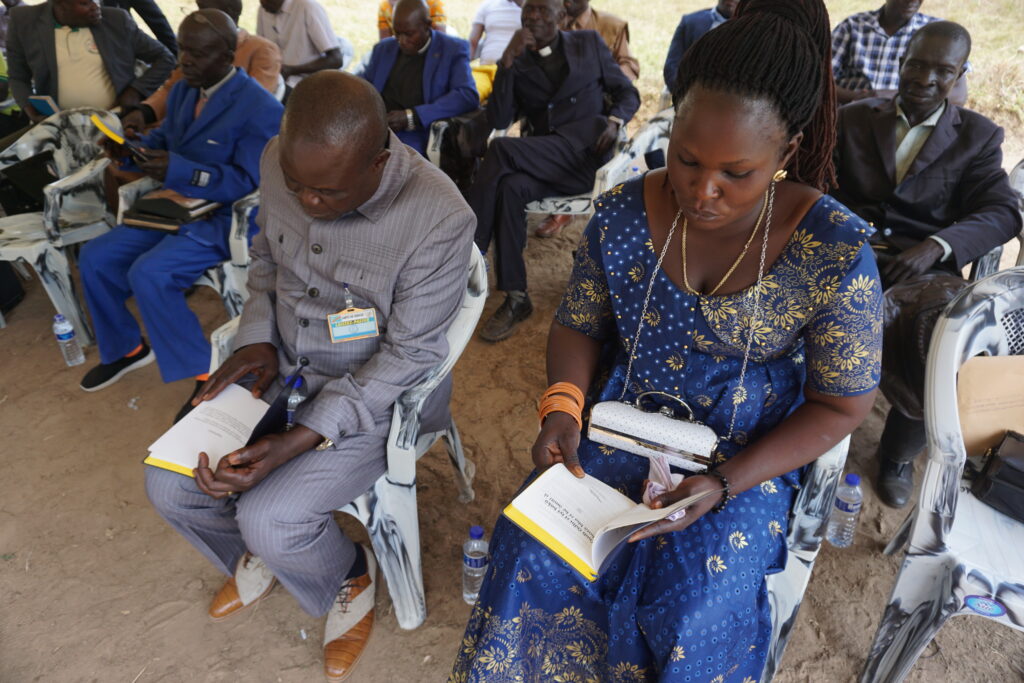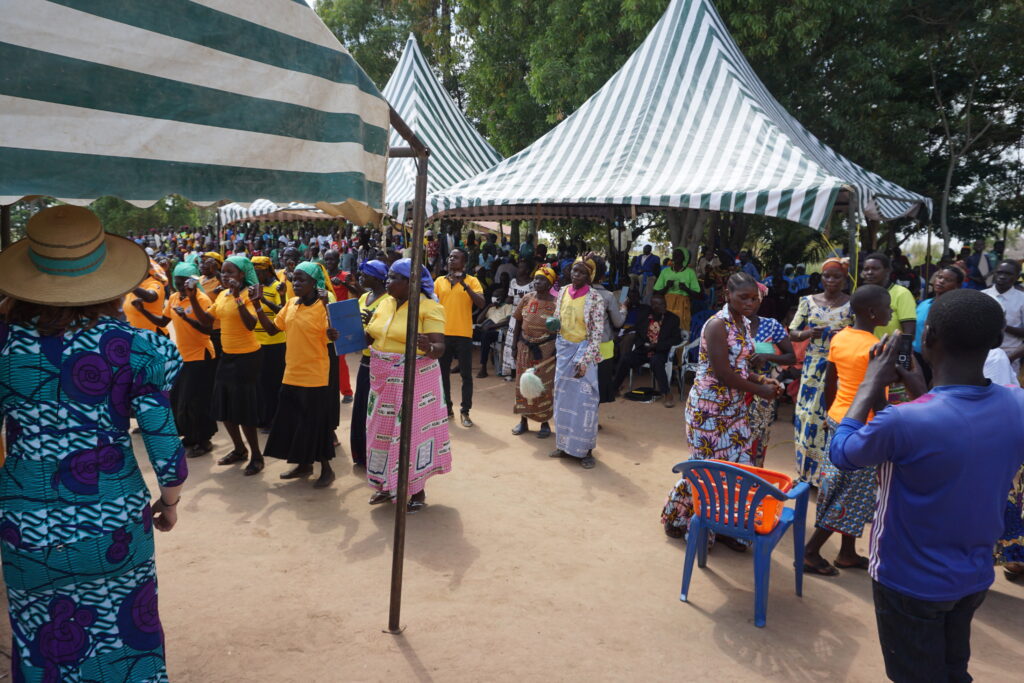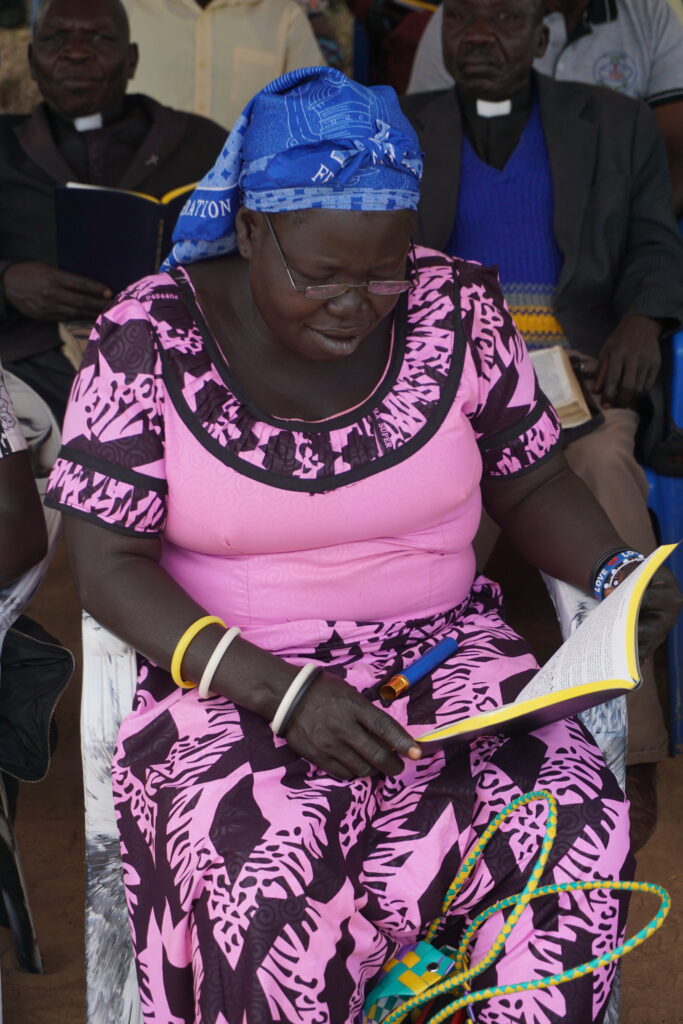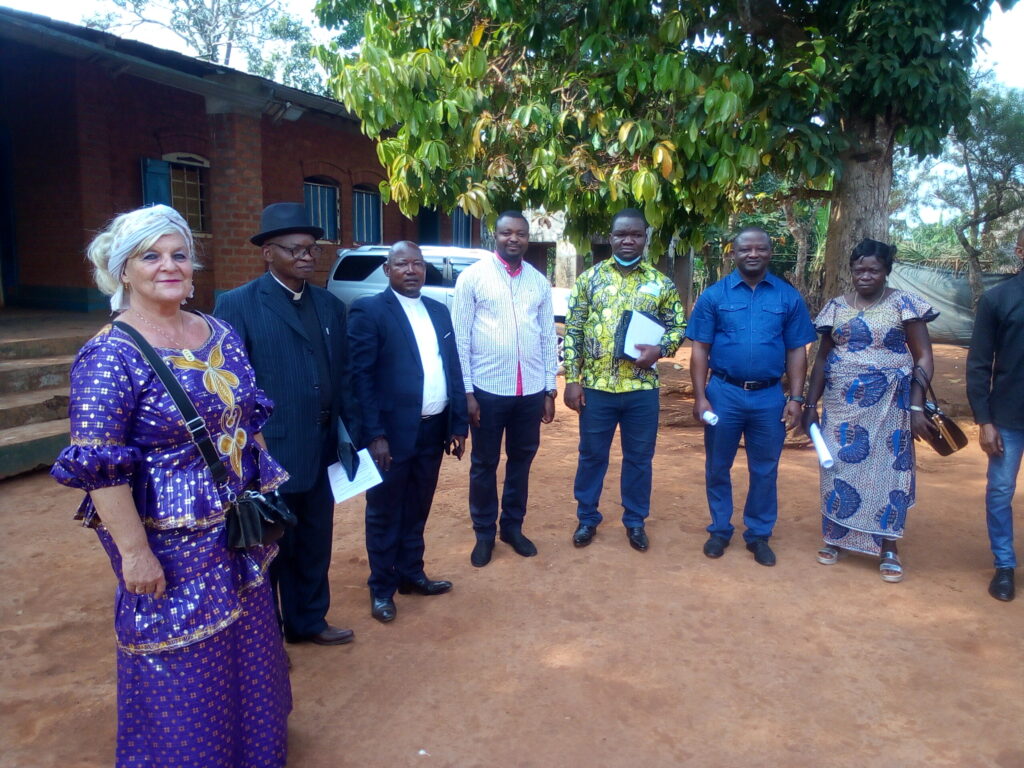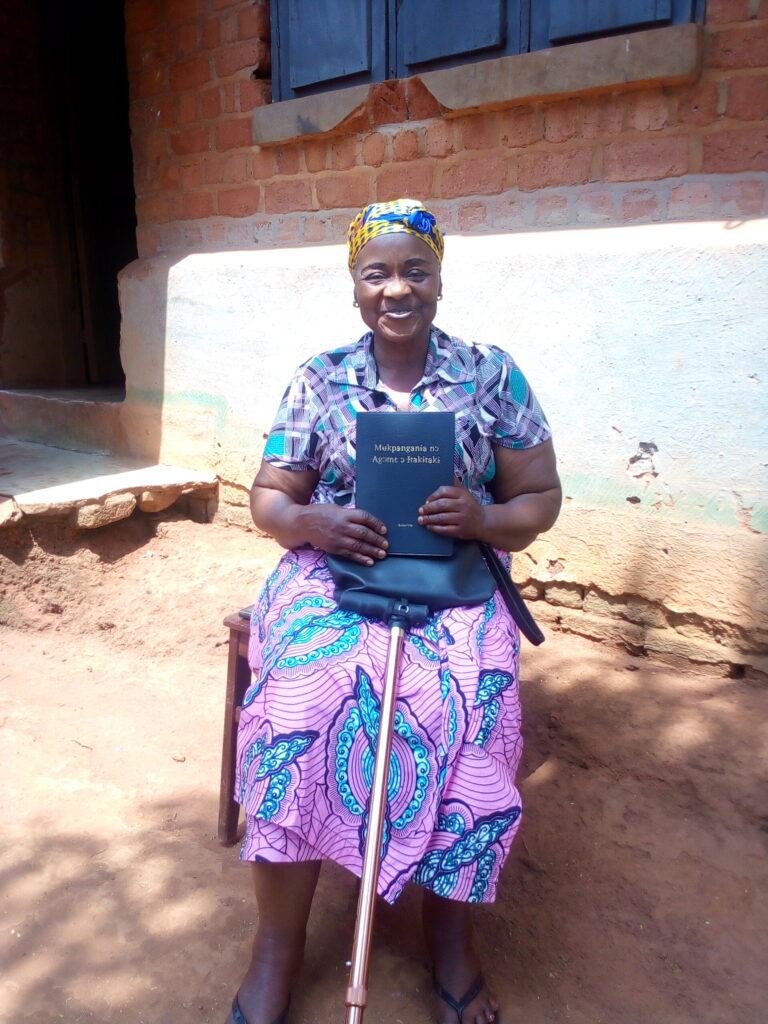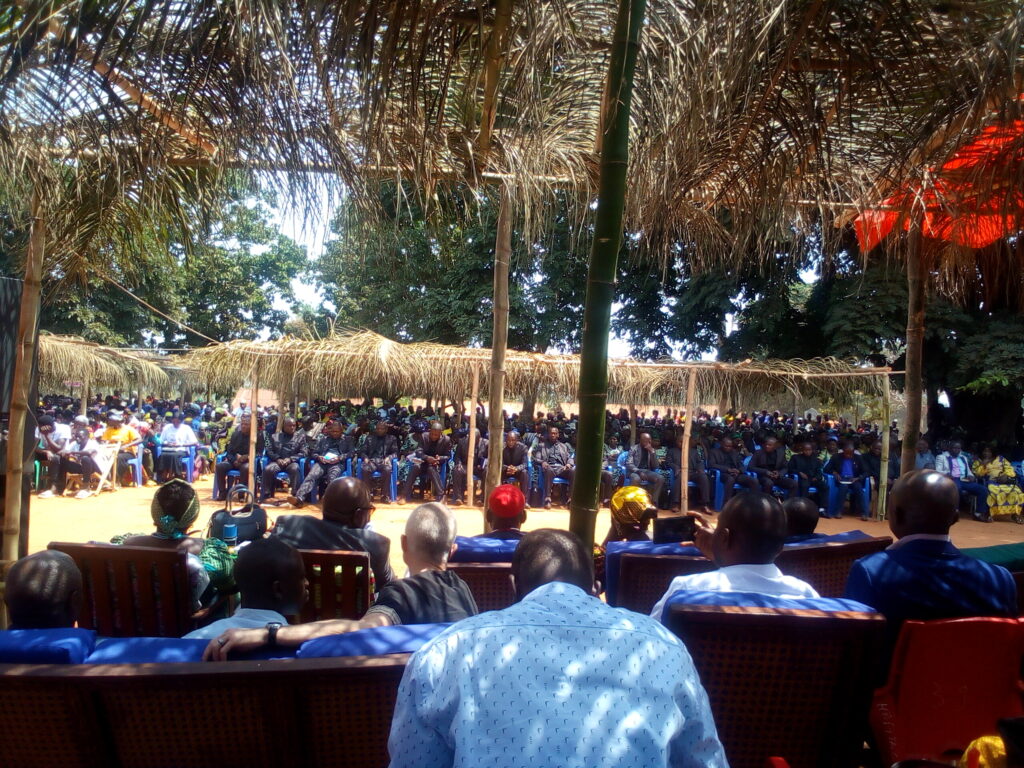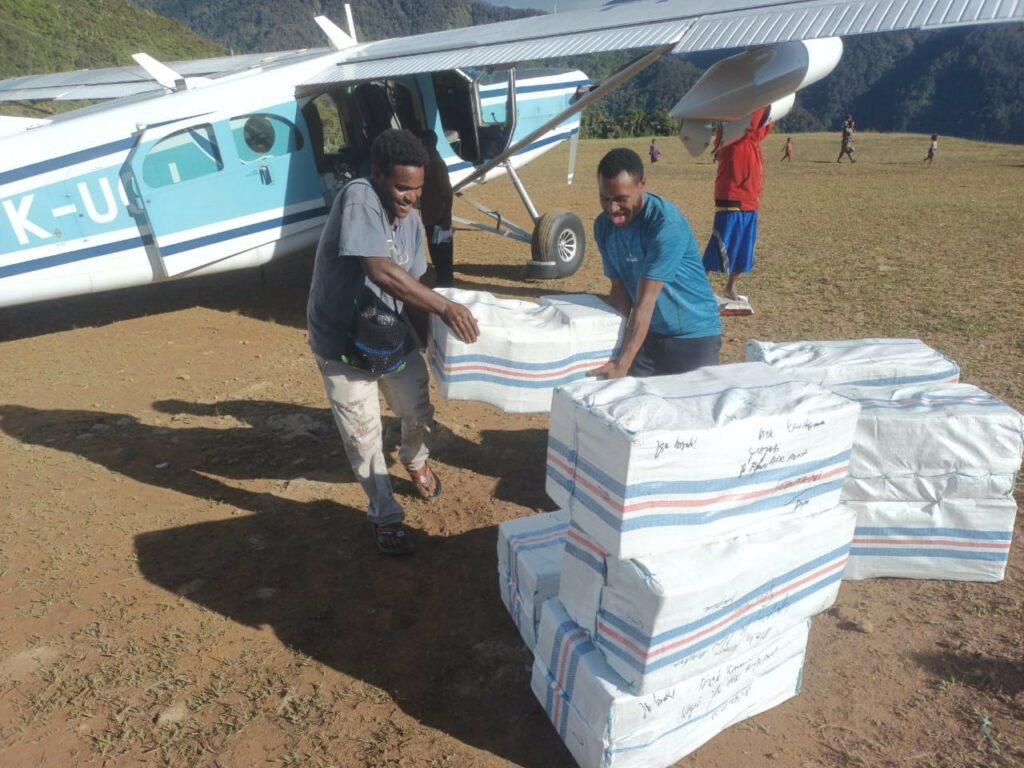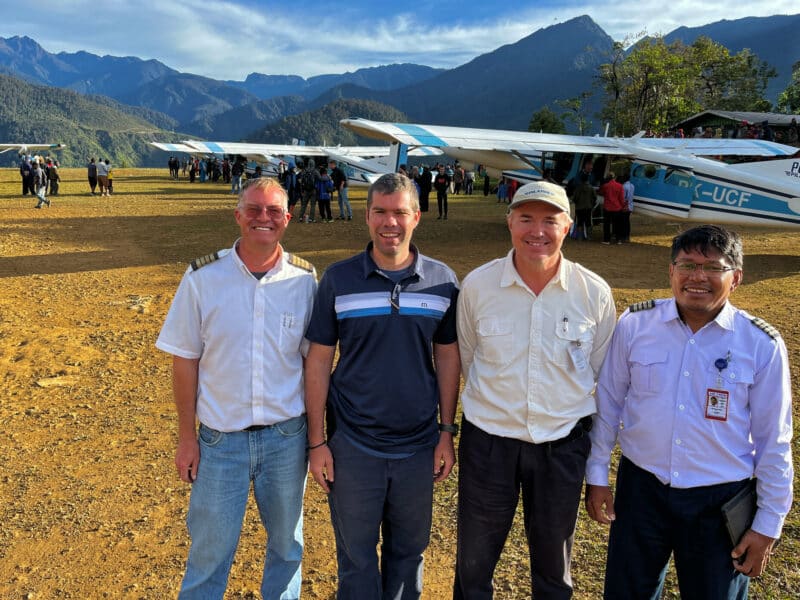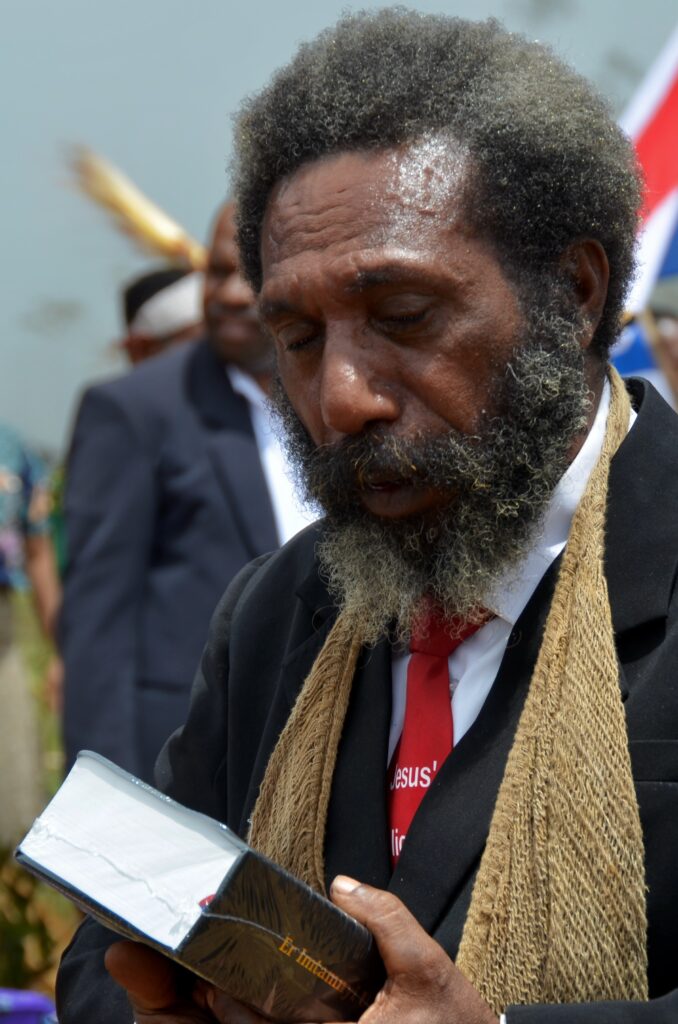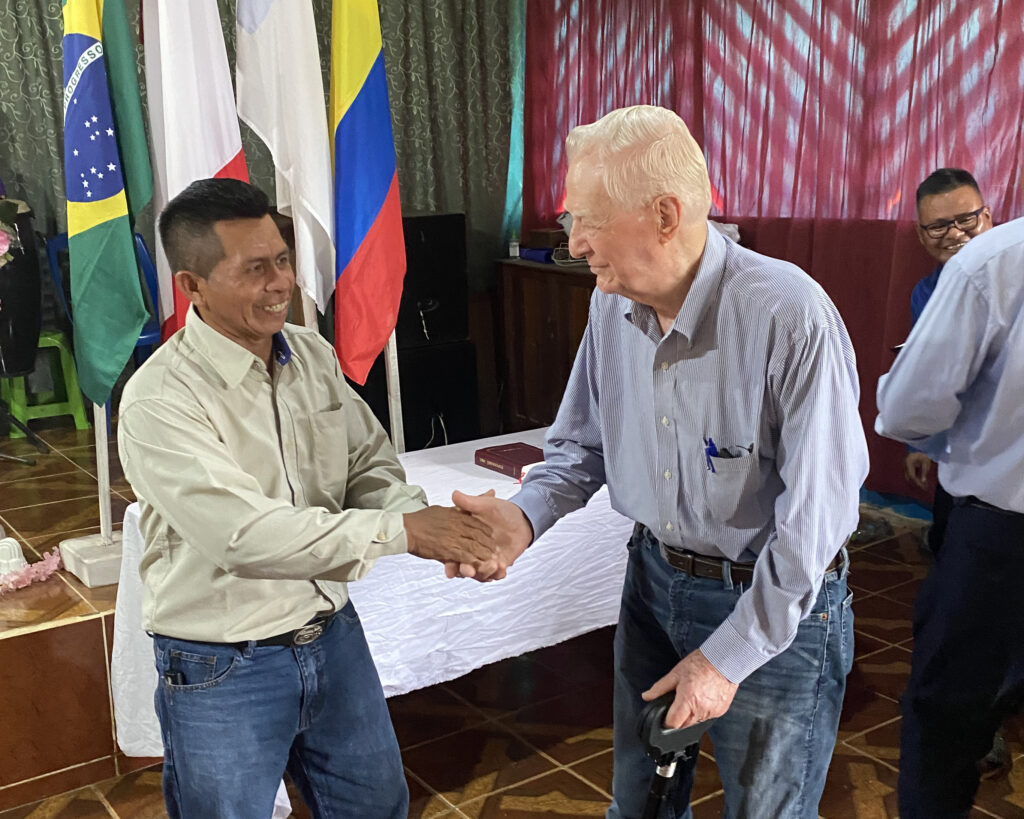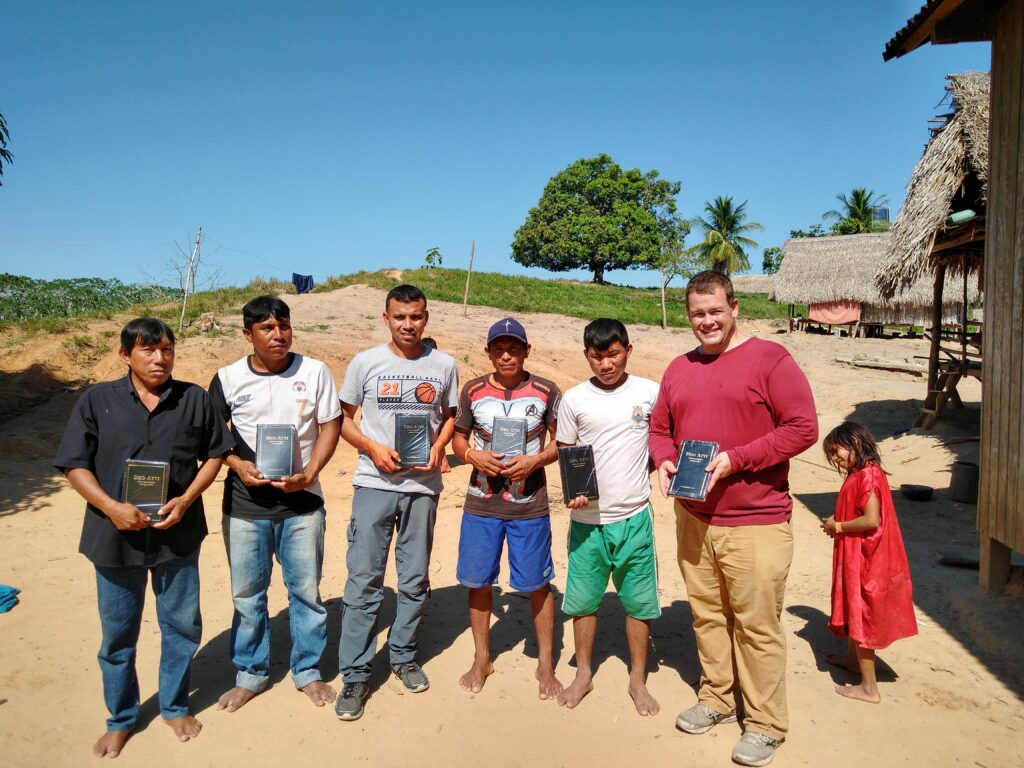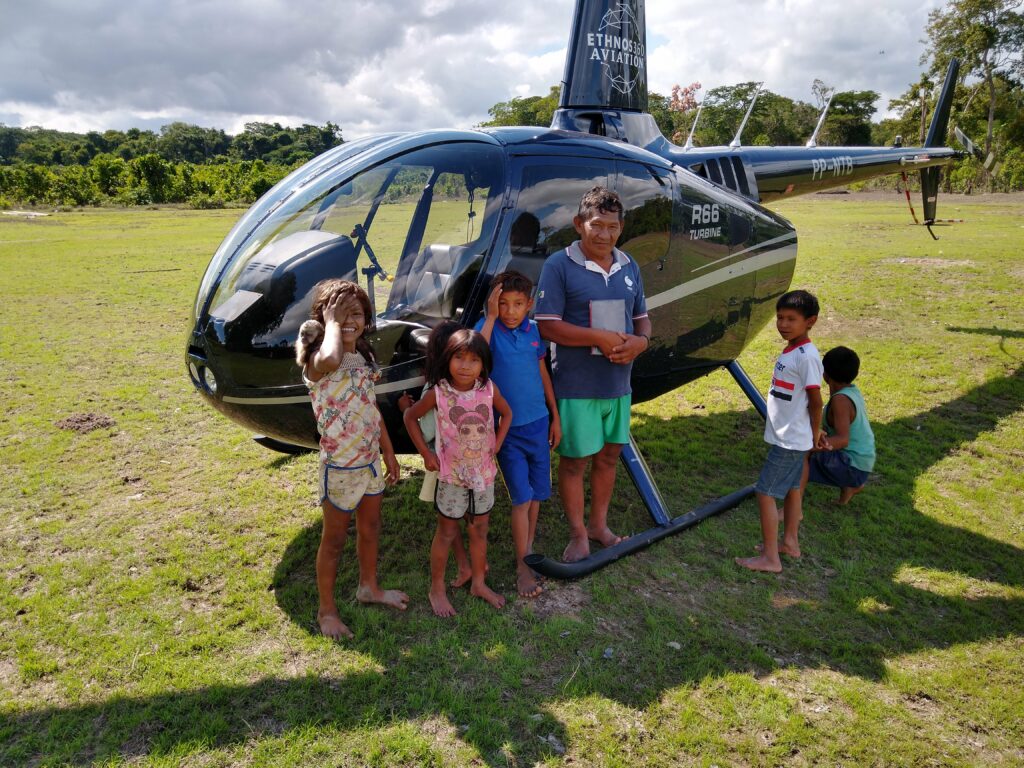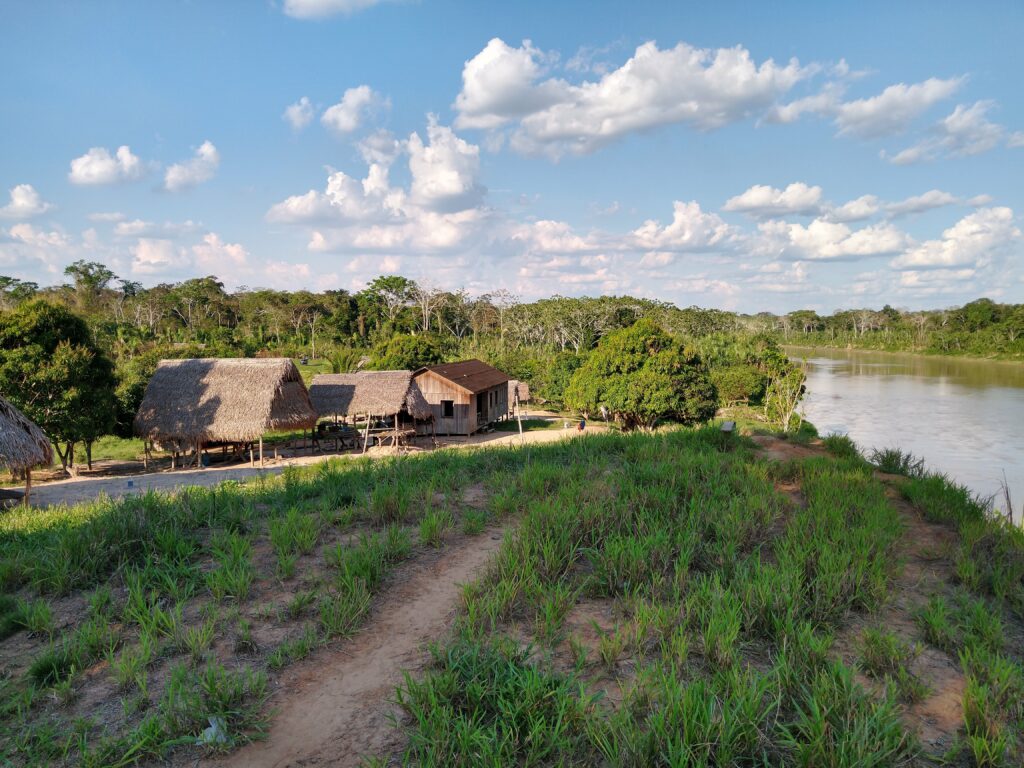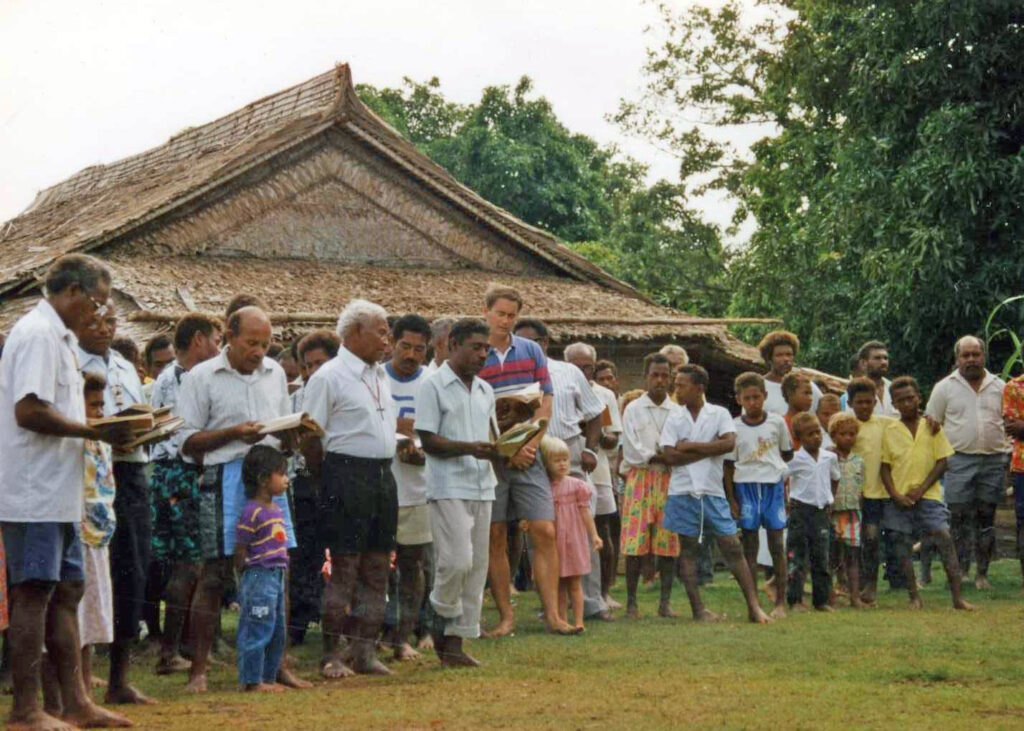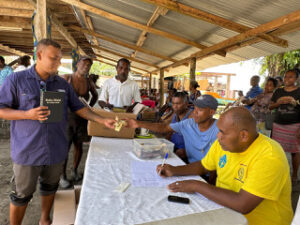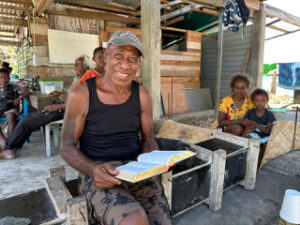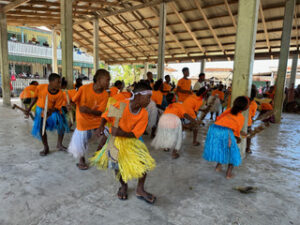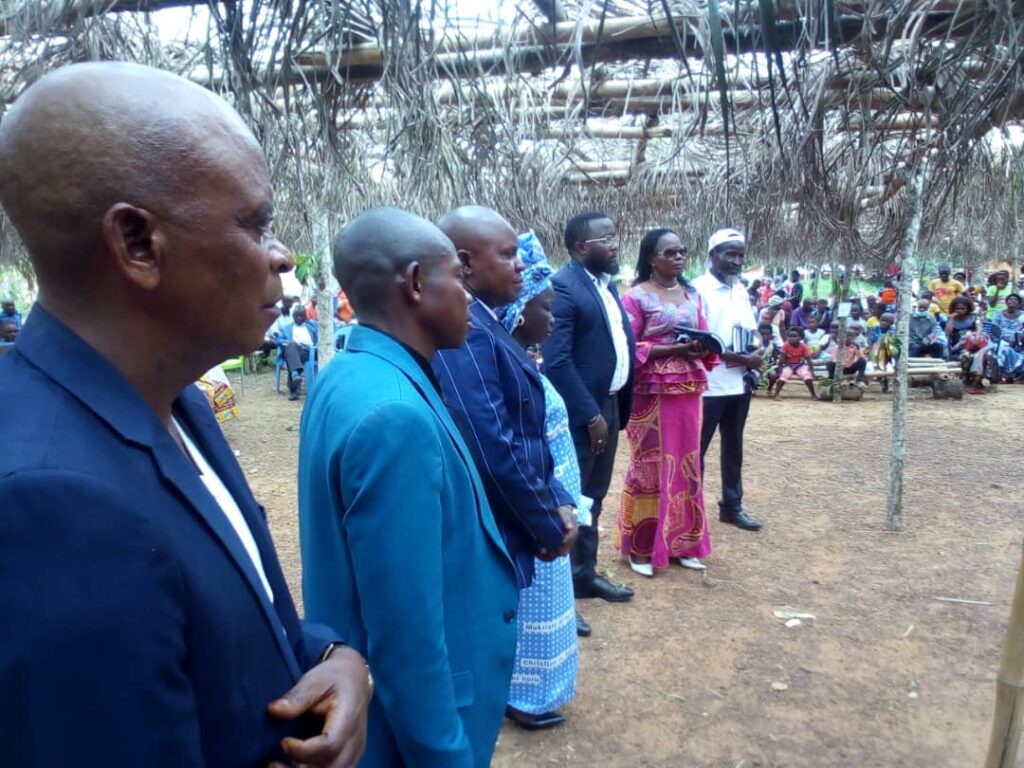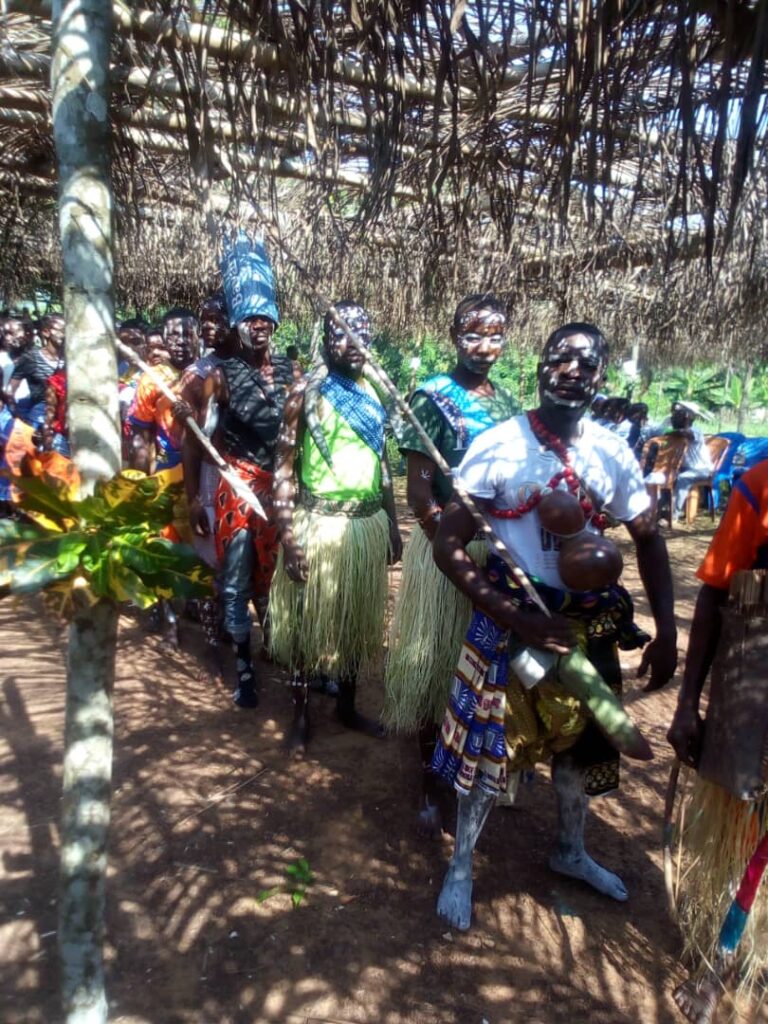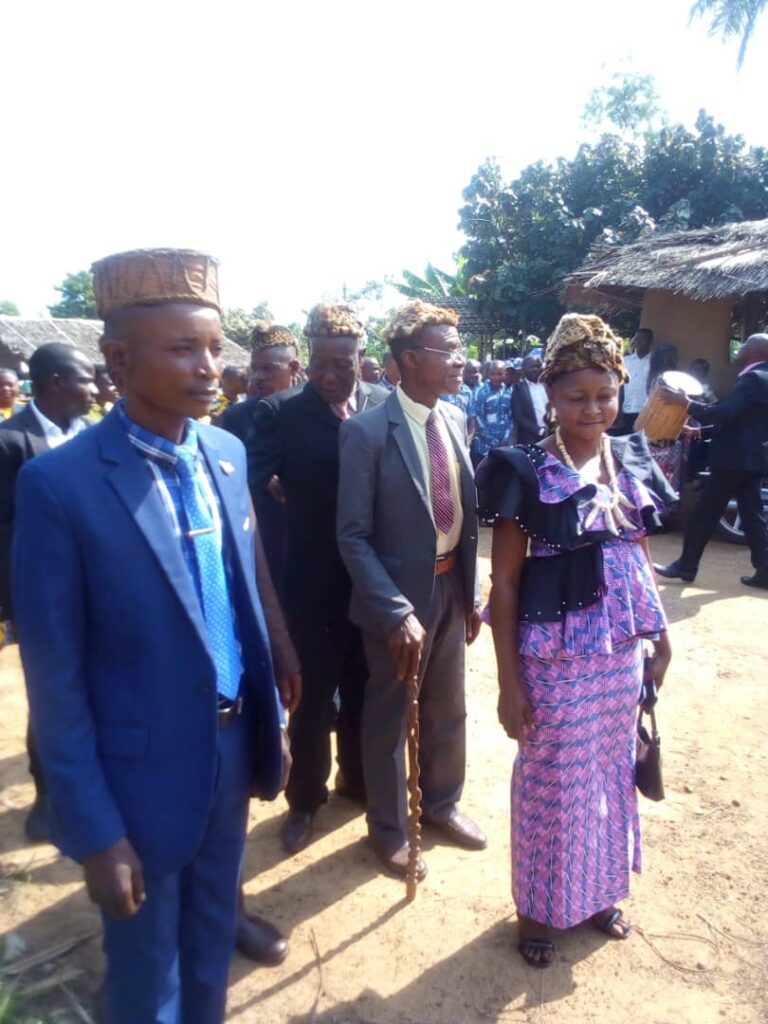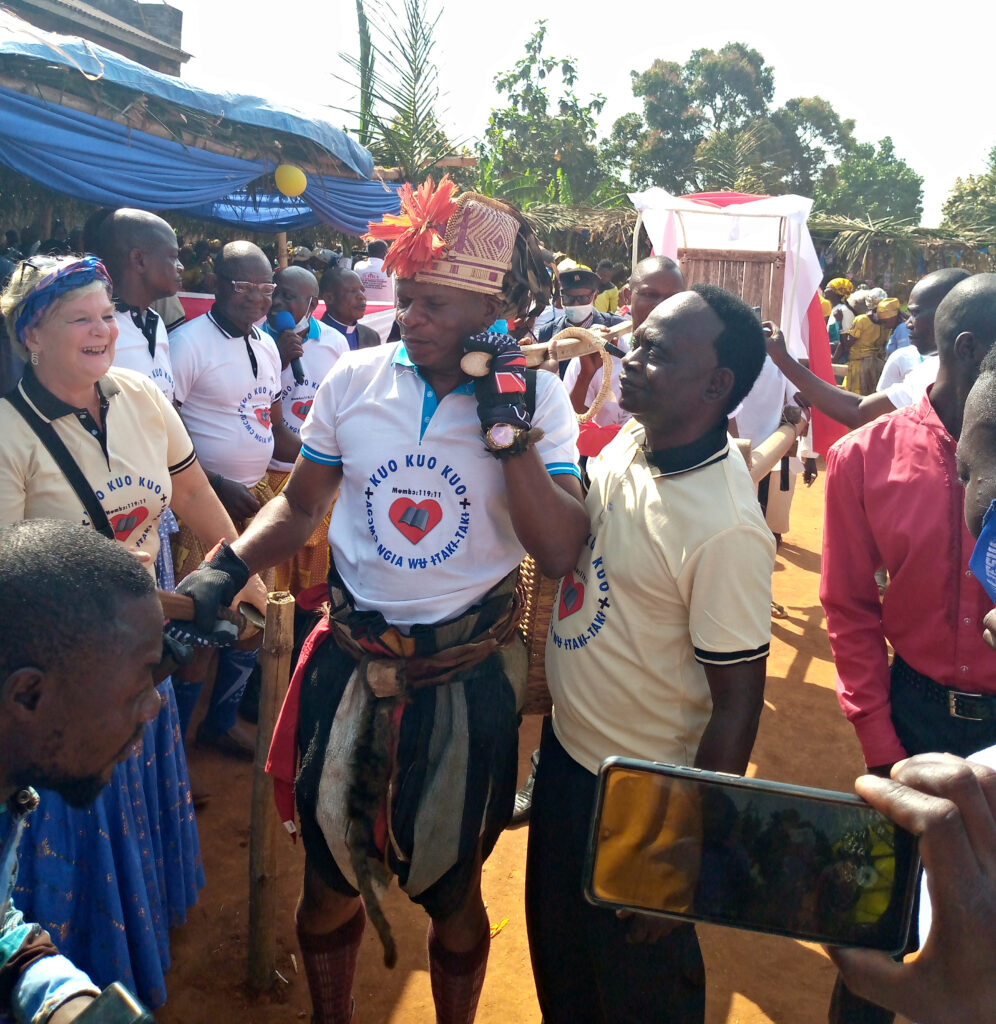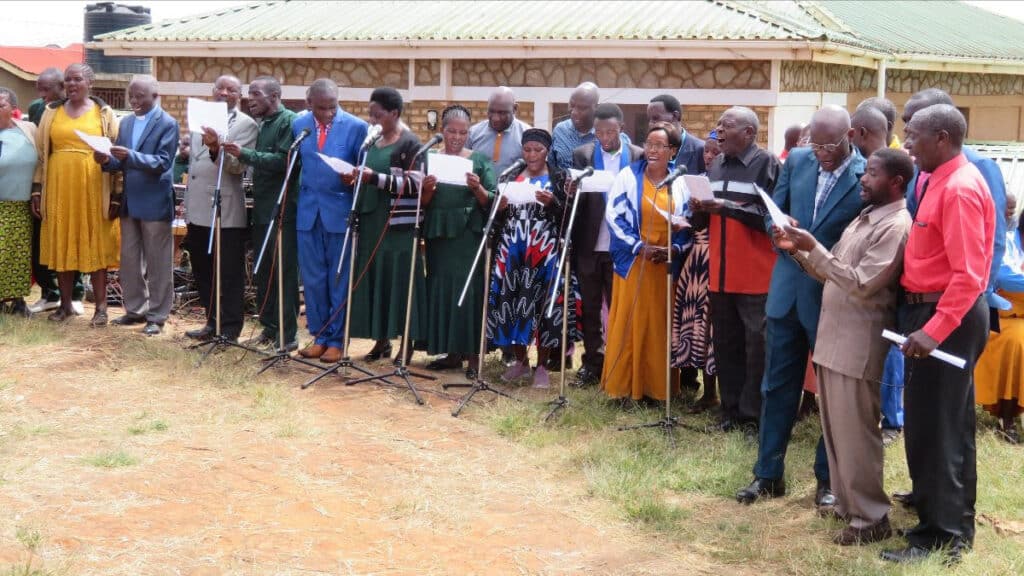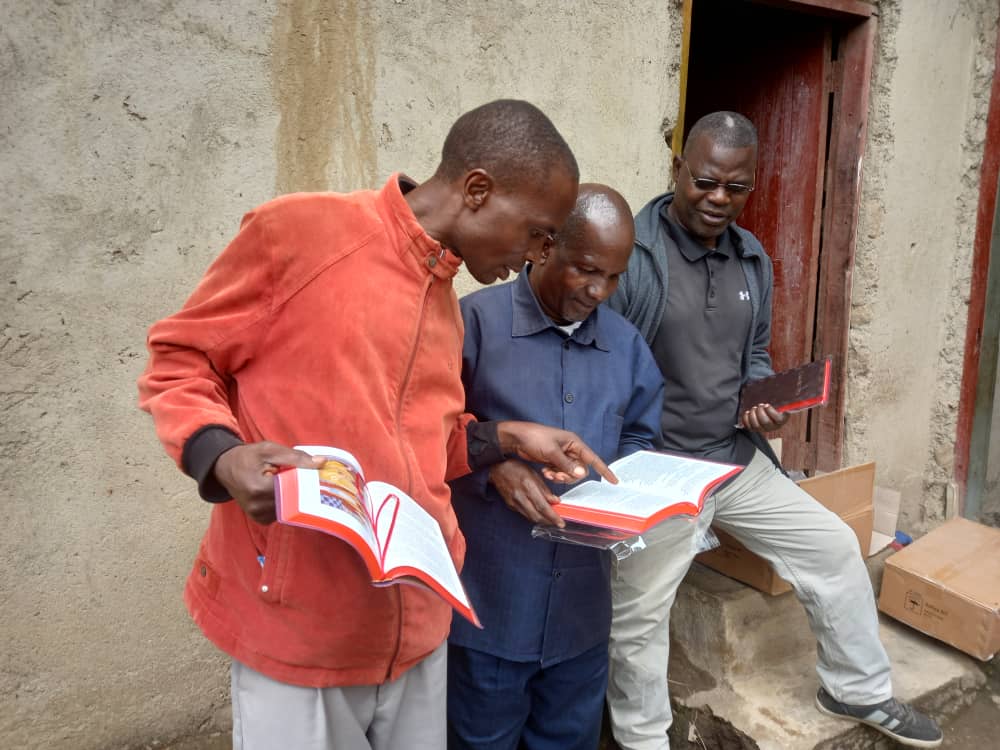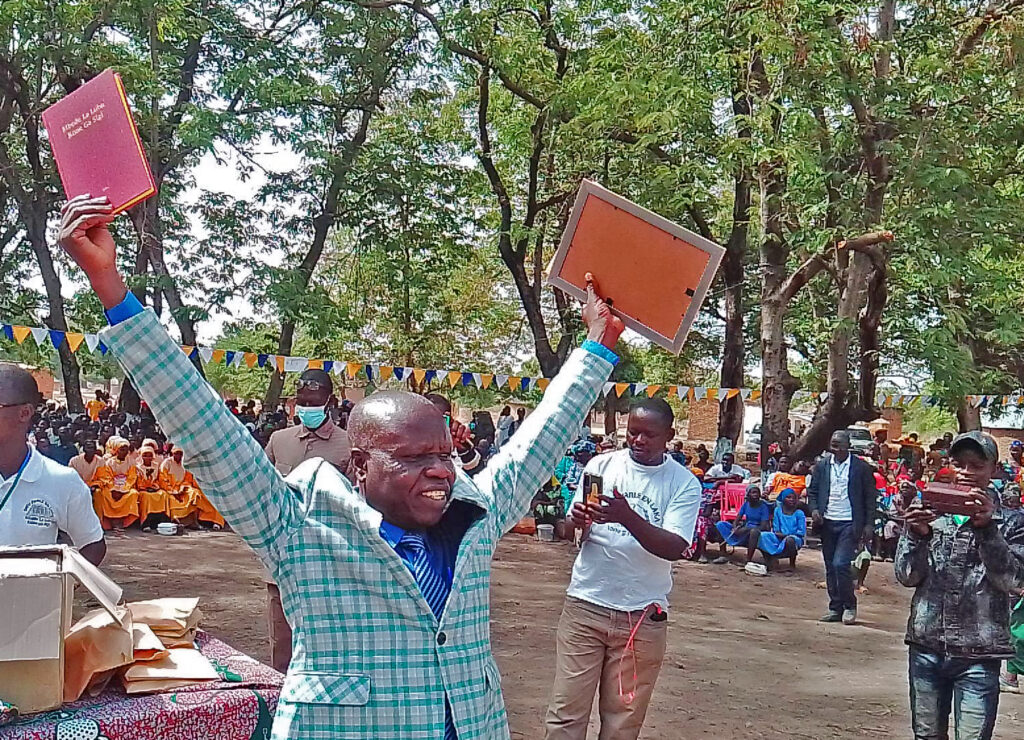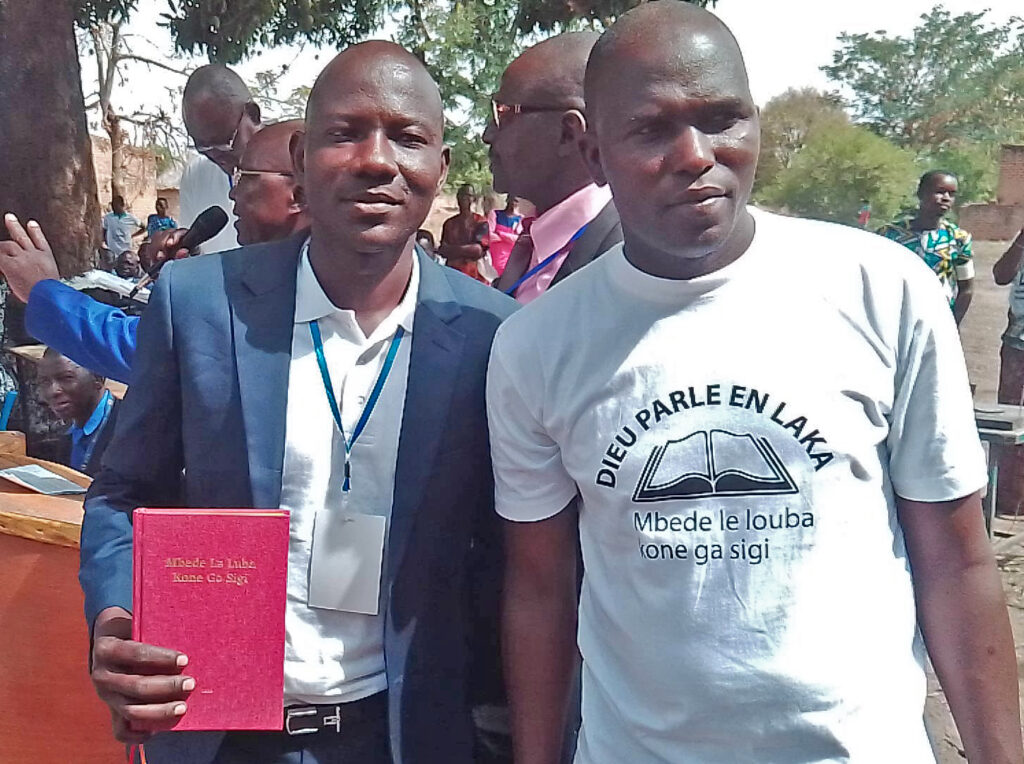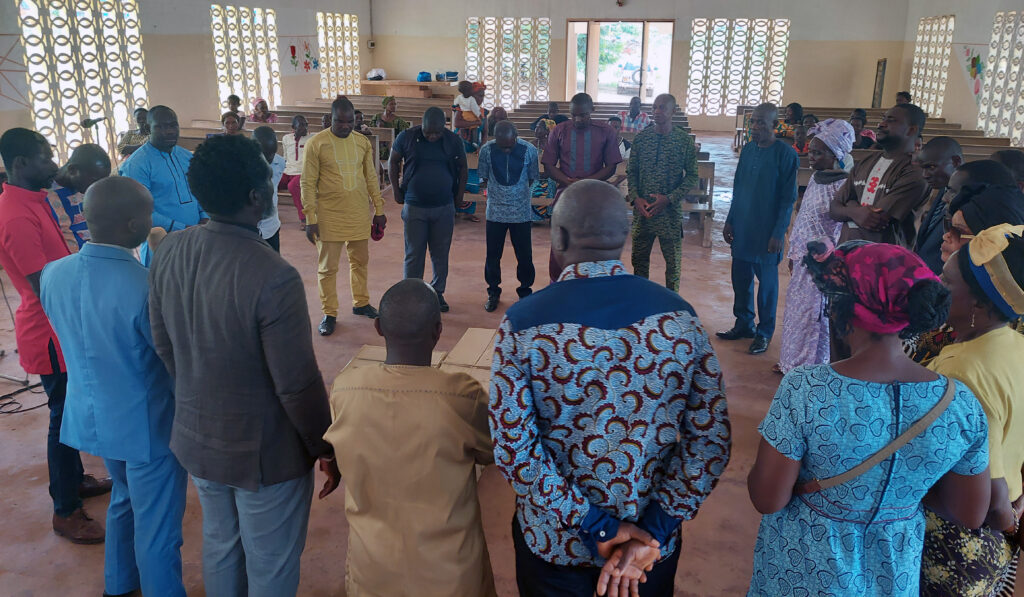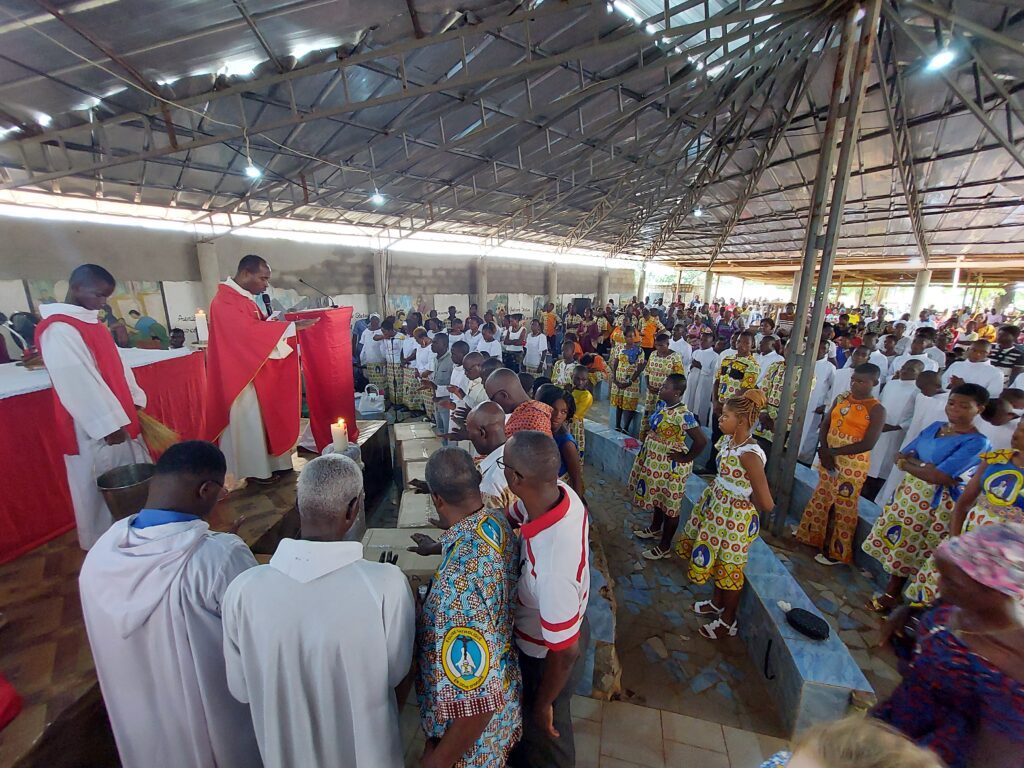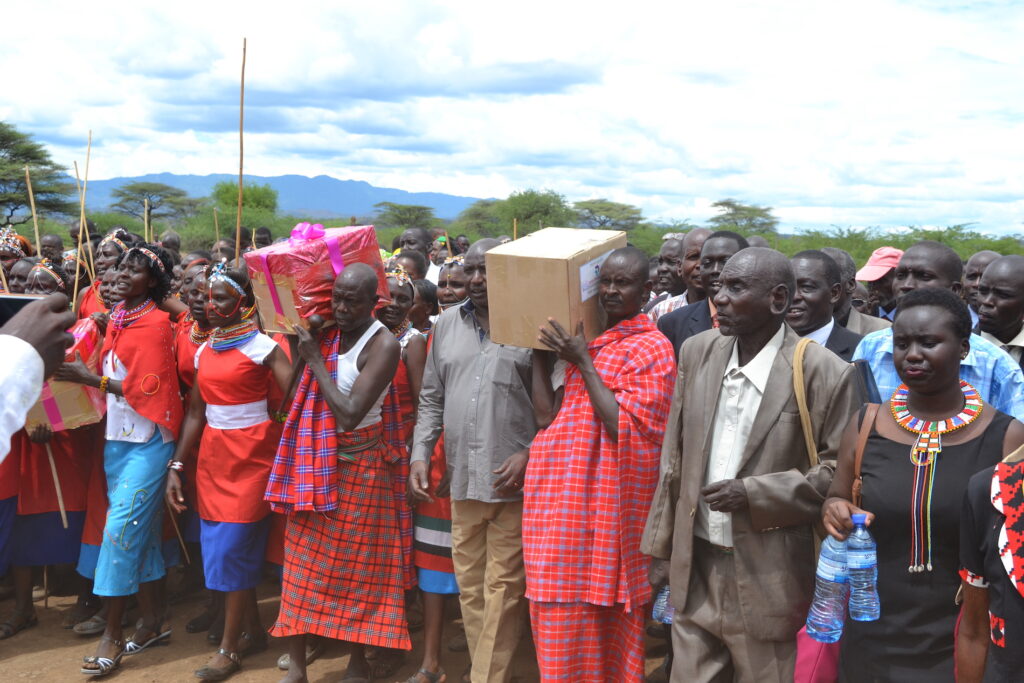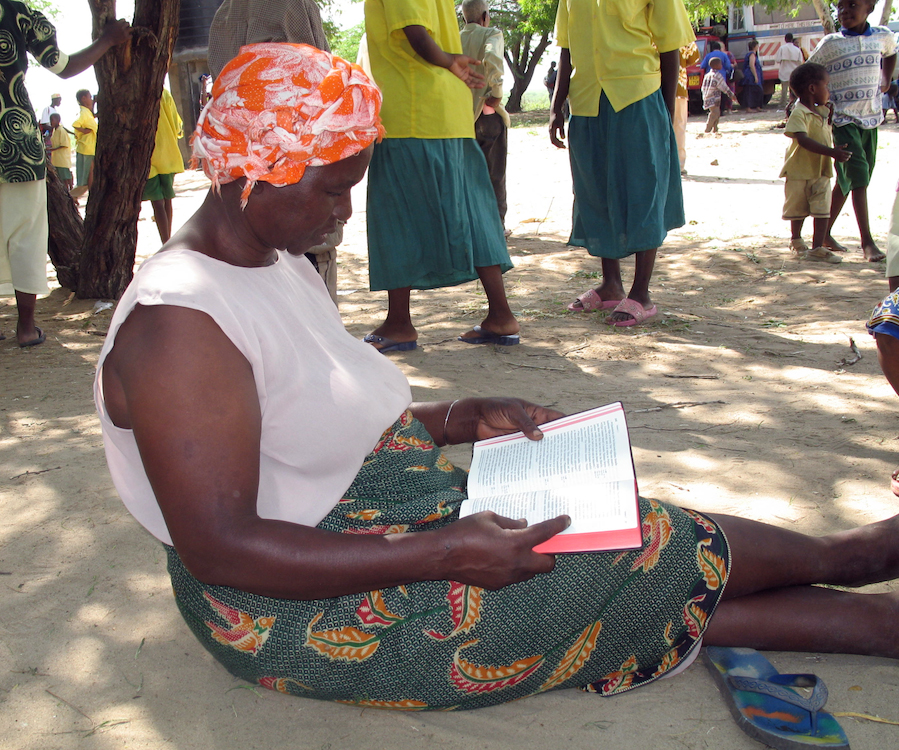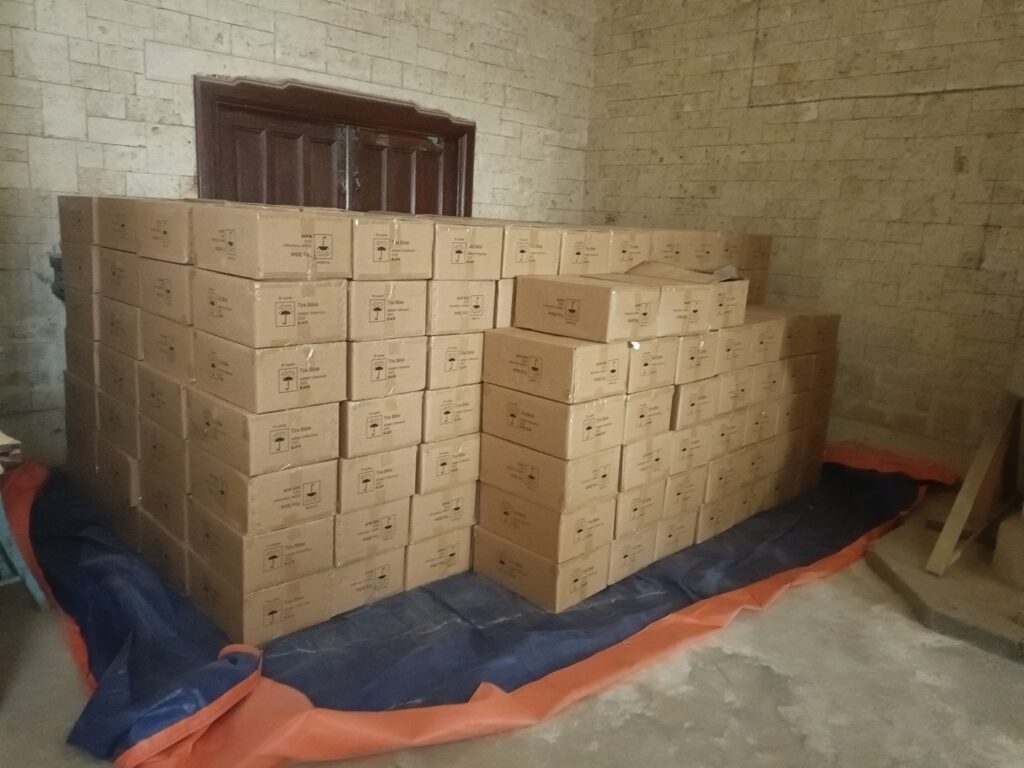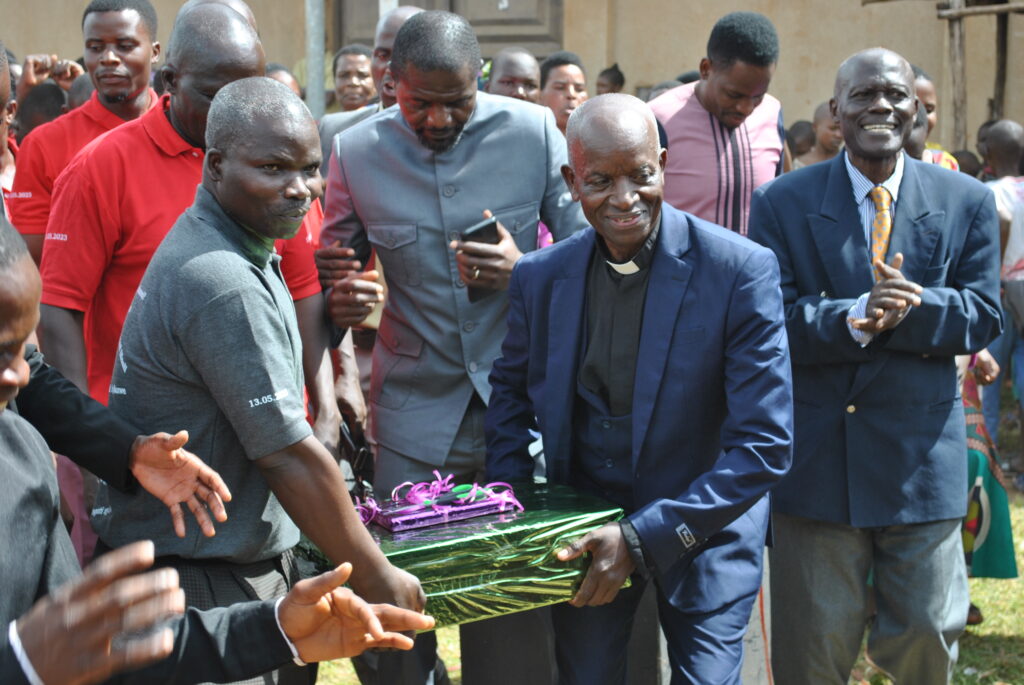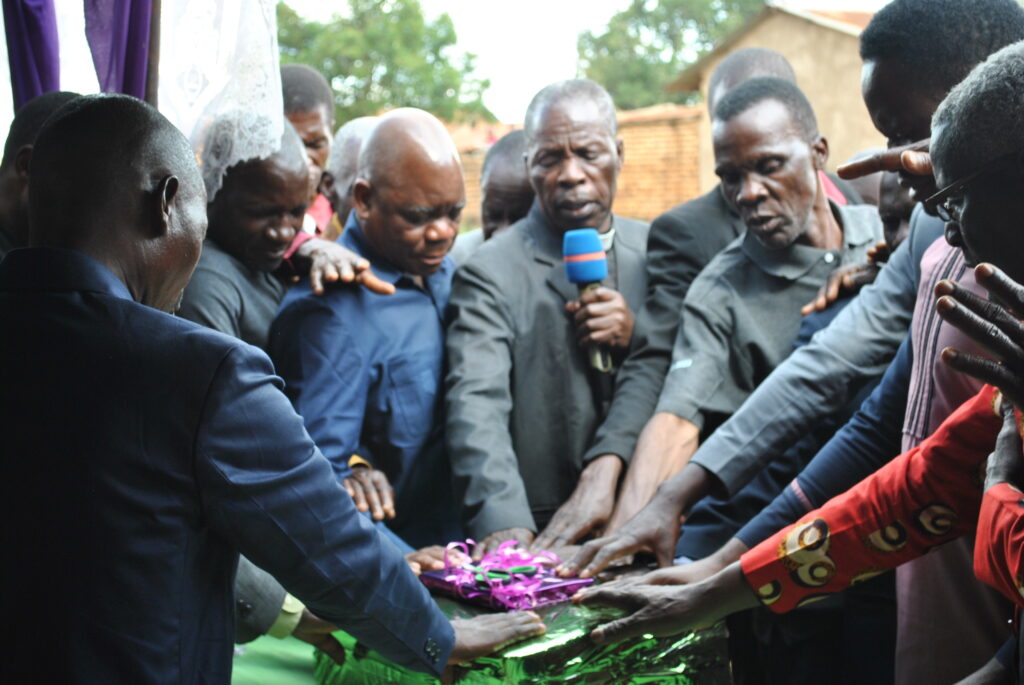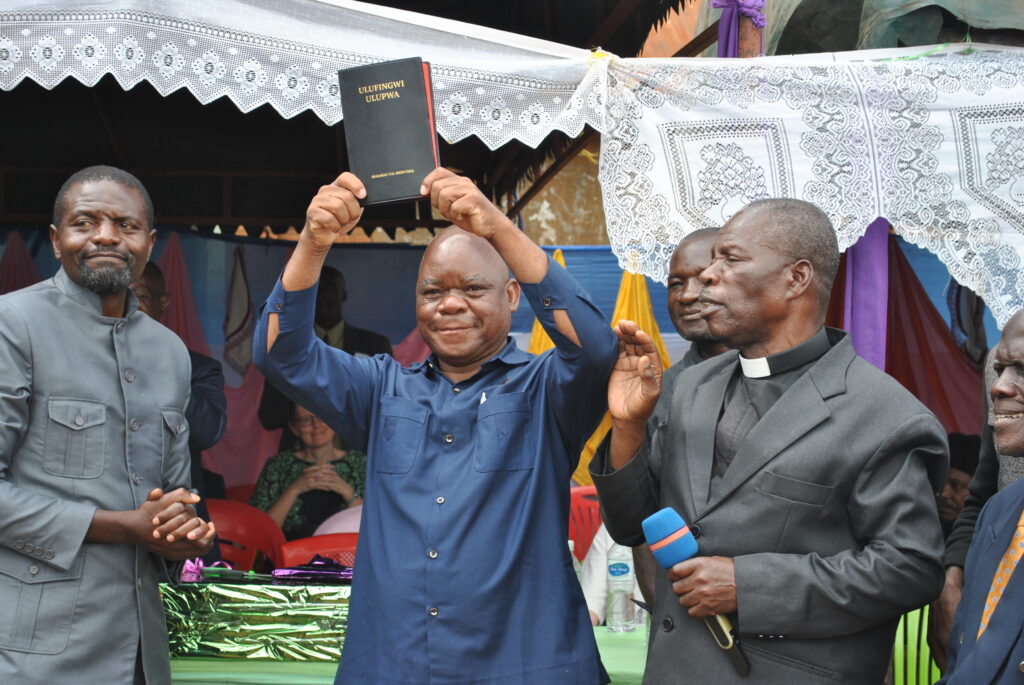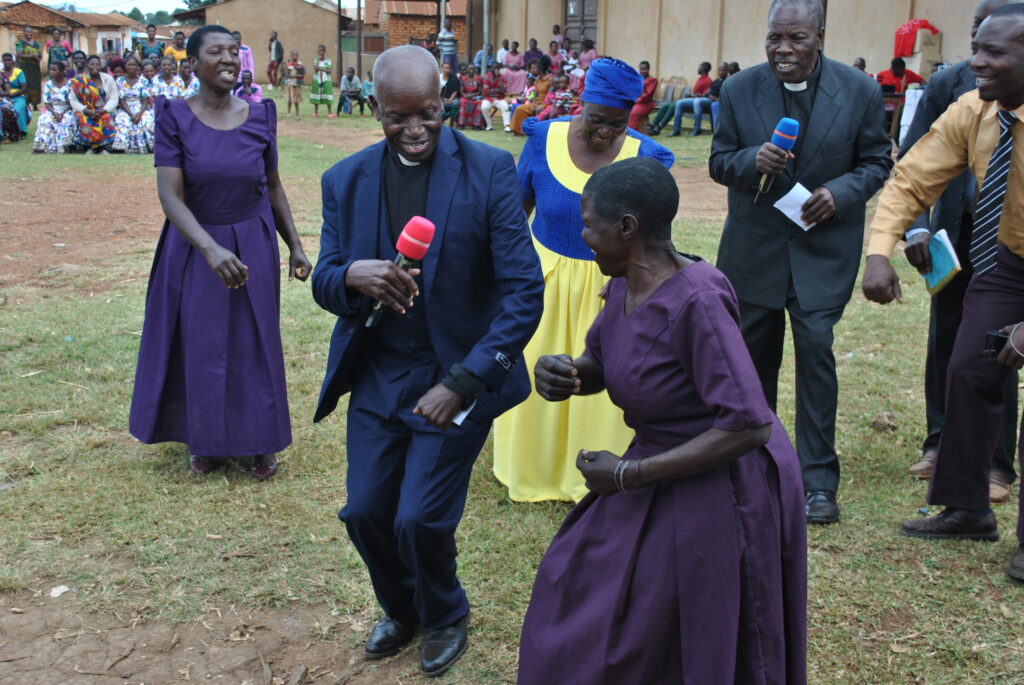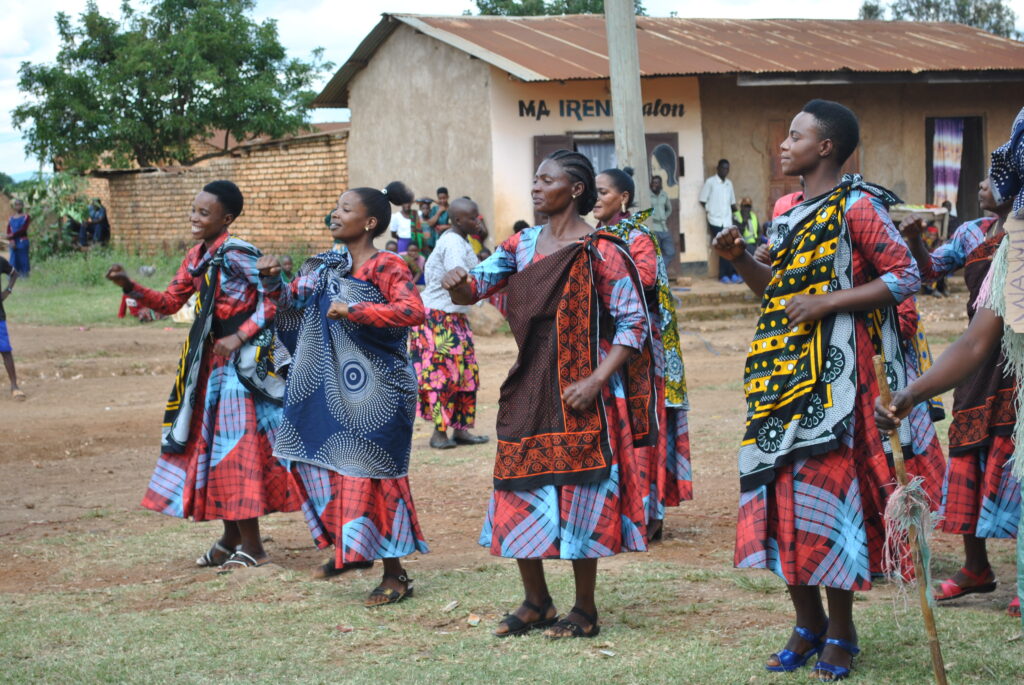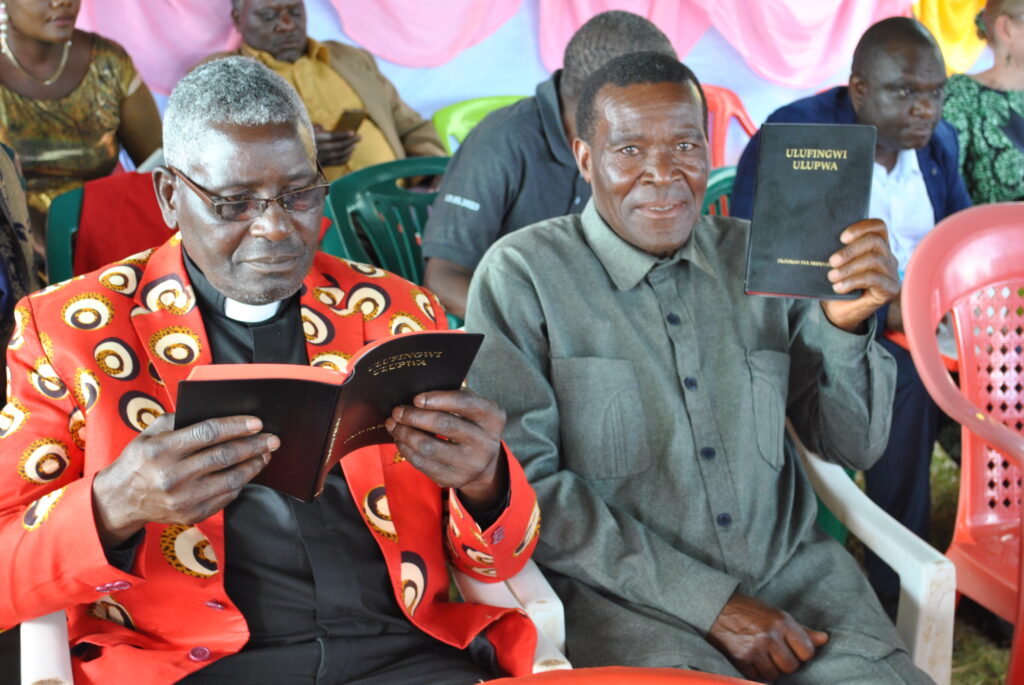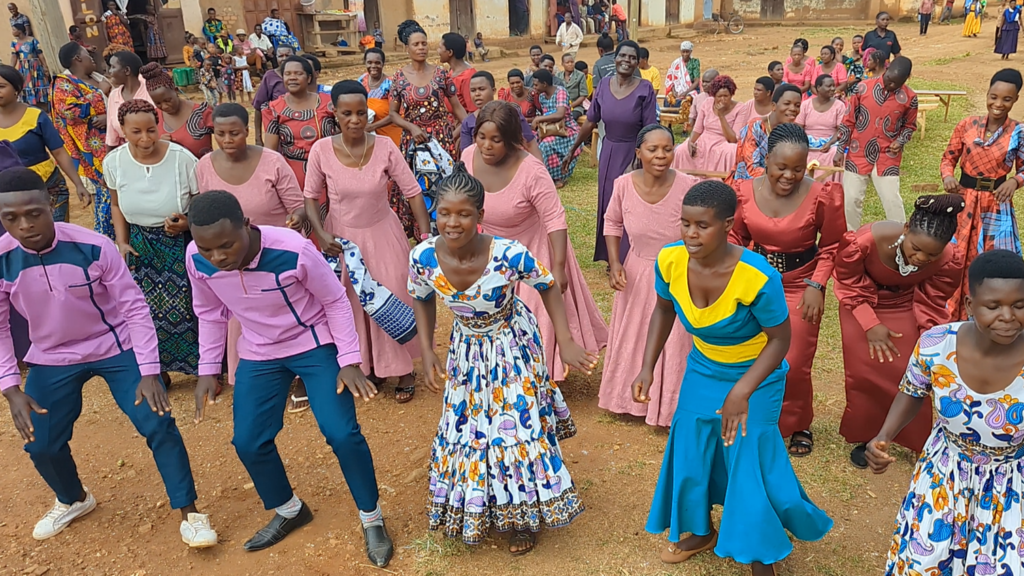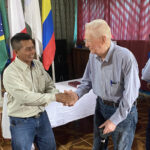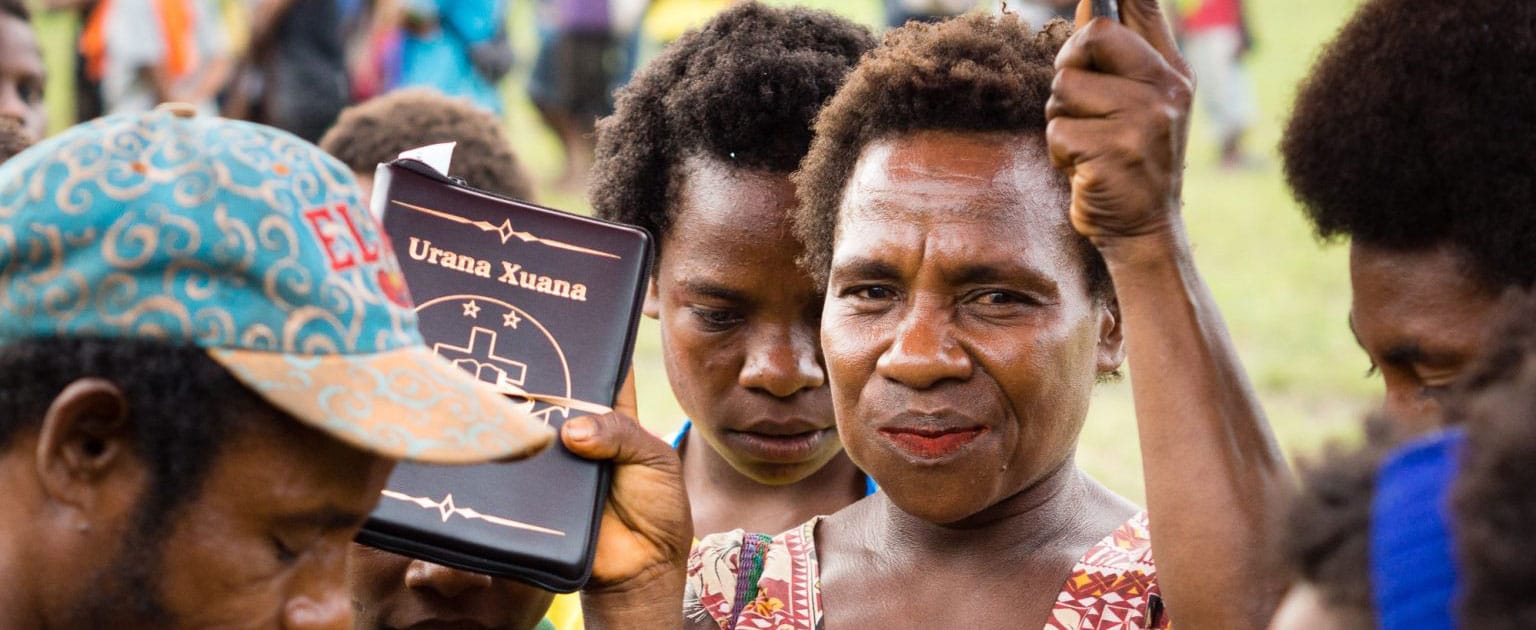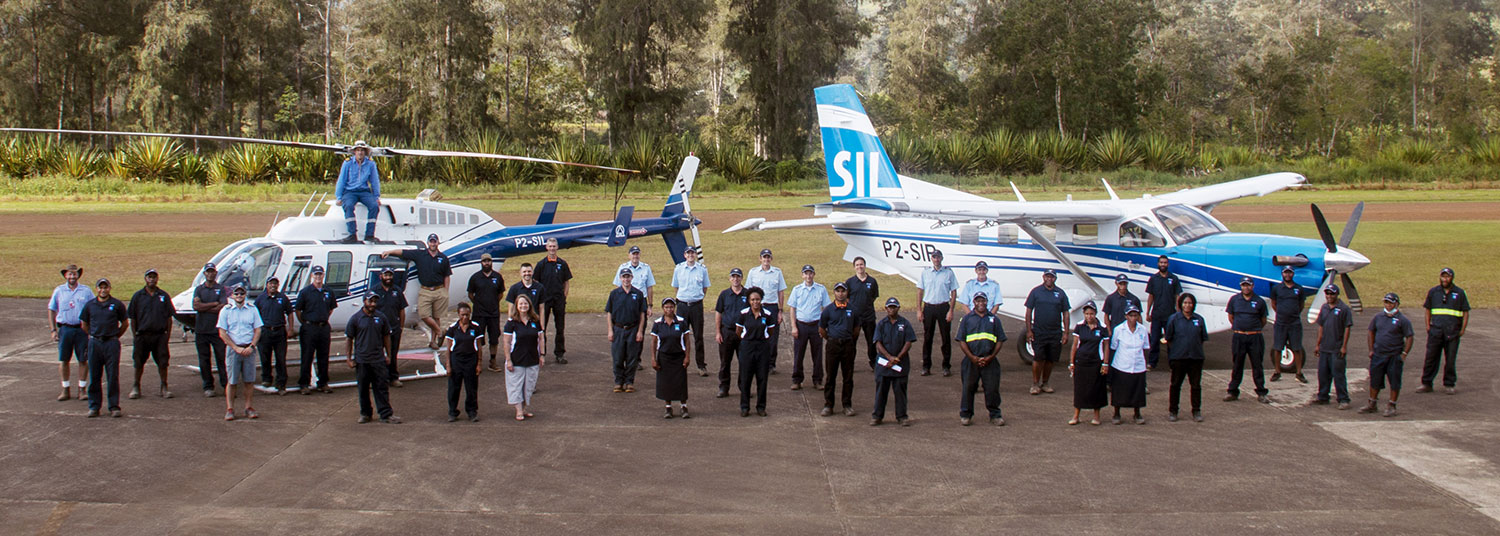You Never Know
Imagine taking a 4WD course using a manual transmission vehicle—which you’ve never driven before—to prepare you for driving an automatic vehicle overseas because that’s your only option. The training is still valuable, but not as beneficial as it could be.
The aviation department at JAARS has the same challenge. For years, we have utilized an R44 piston-engine helicopter to train orientees before they head overseas. These helicopters were both economical to operate and represented aircraft operated by our partners overseas. However, over the last few years, this has slowly been changing.
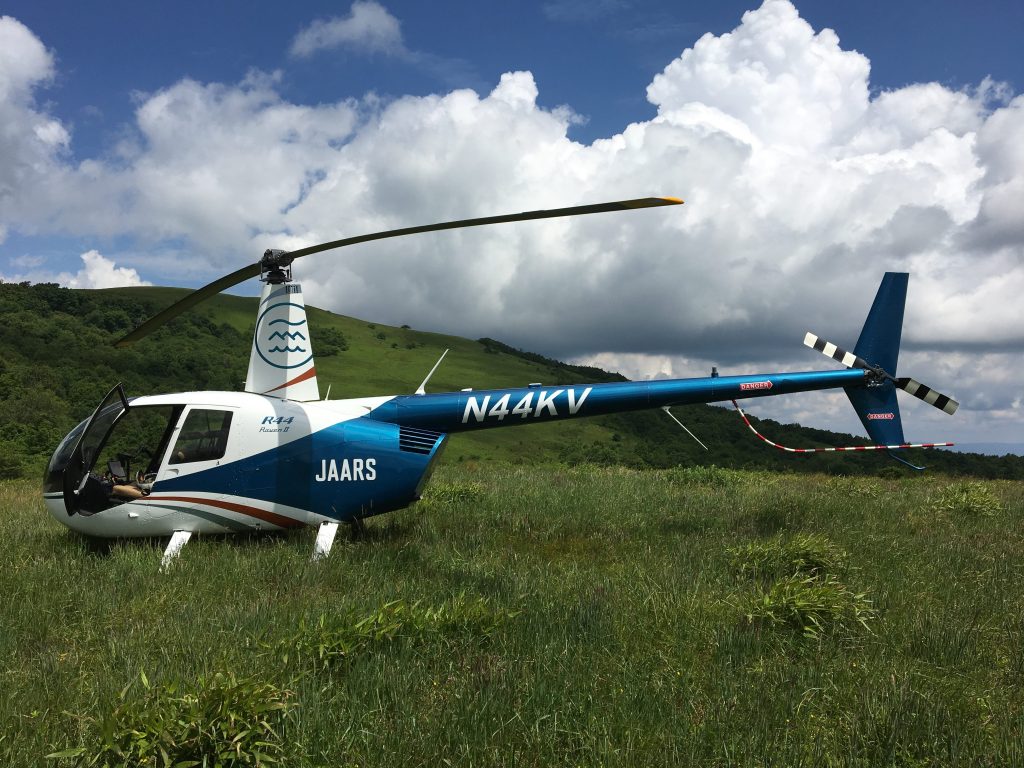
About two years ago, Fred Leman and his family came to JAARS for Pre-Field Orientation to prepare for service as a helicopter pilot in Papua New Guinea (PNG). SIL PNG had already transitioned to a turbine helicopter, but JAARS had yet to make the transition. Fred received a valuable training experience with our piston R44 helicopter, but according to the Helicopter Operations Supervisor at JAARS, Jeff Johnson, “Fred would have benefited by flying a turbine to give him more experience, since that is what he was going to operate in Papua New Guinea.”
Today with all of JAARS overseas partners with helicopter programs utilizing turbine-powered aircraft, JAARS has decided, with your help, to upgrade our piston-powered R44 to a turbine-powered R66. This upgrade will give our helicopter orientees better training, whether they know how to operate a turbine already or not. There are several important, key differences between a piston and turbine helicopter that upcoming pilot-mechanics need to know about. If someone starts the engine wrong on a turbine, it can cost up to $90,000 to repair. Gaining some of this practical experience at JAARS instead of overseas, where nearly all the aircraft are operational, is less stressful and very strategic.
The more training and prep these pilots and mechanics receive at JAARS, the less ‘extra flying’ our field partners have to squeeze between flights for Bible translators and other mission workers.
The training prior to arriving also relieves some of the stress of transition on the pilot-mechanics’ shoulders. Like a sopping-wet sponge, they are already saturated with all the new things they’re absorbing when they arrive in a new country. Possessing this turbine training before they arrive will help relieve some of that pressure. “That’s why orientation exists at its root,” Rob Peterson, a helicopter pilot at JAARS, explains, “to build a certain amount of that training in place before they arrive so that it is not all new at every level when they arrive.”
Besides being more relevant in training for pilot-mechanics going to the field, God could use an R66 to open doors JAARS hadn’t thought possible before. Pilot-mechanics with smaller organizations who will be flying turbine-engine helicopters overseas could see the value of training at JAARS, or we could partner with other organizations and share helicopters to raise awareness of Bible translation to a broader audience. As Rob says, “An R66 could position us to better serve the larger aviation community.”
No one knows what God could do with this upgraded aircraft!
To help us better serve mission pilots and Bible translation around the world, give to Aviation Training Solutions here. Thank you!

